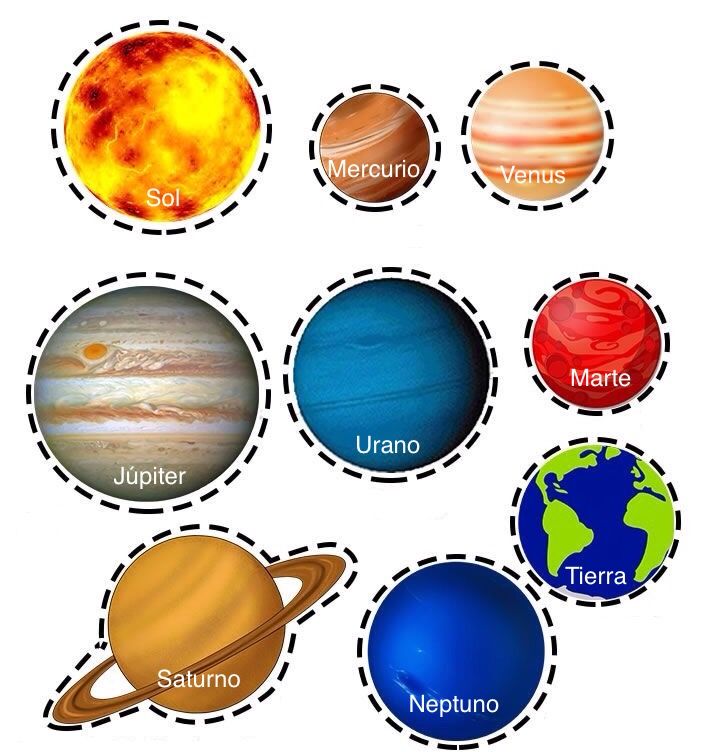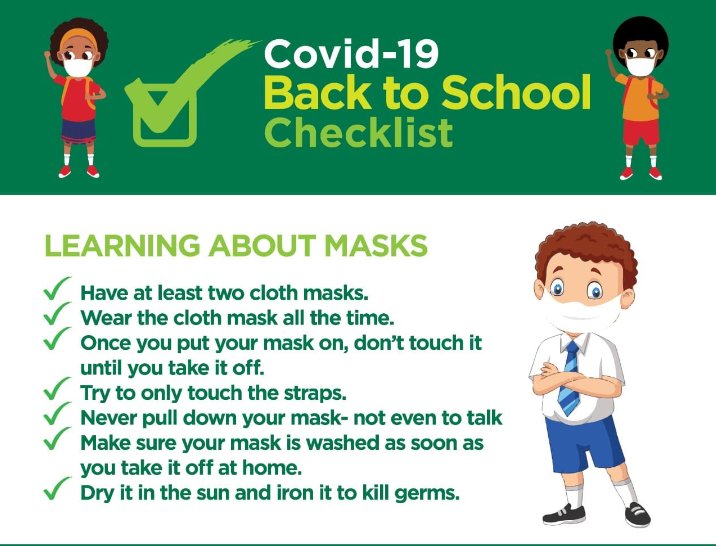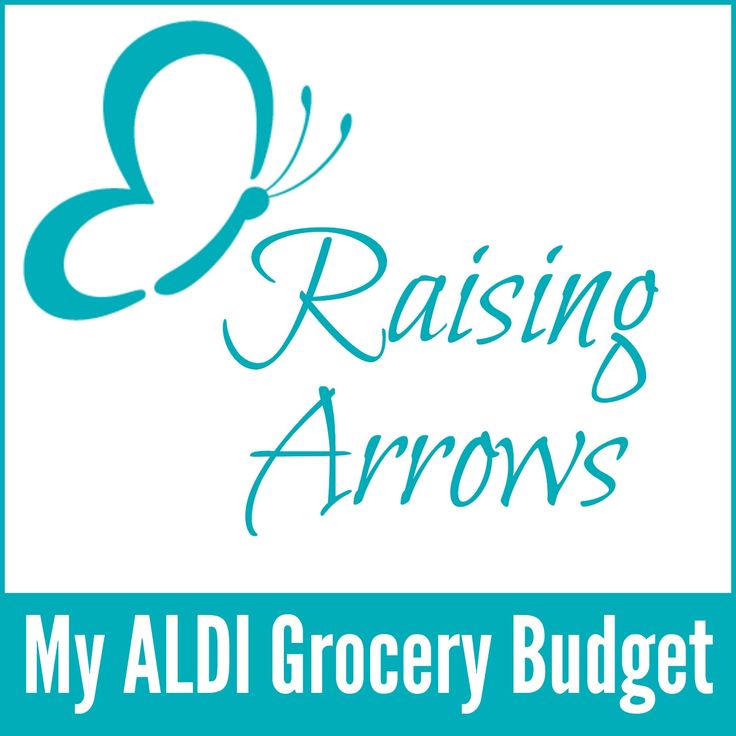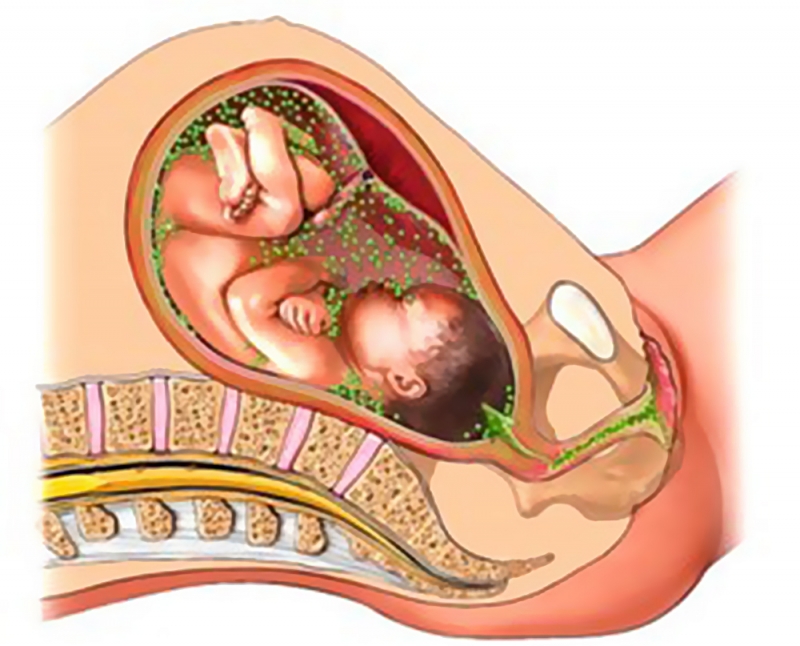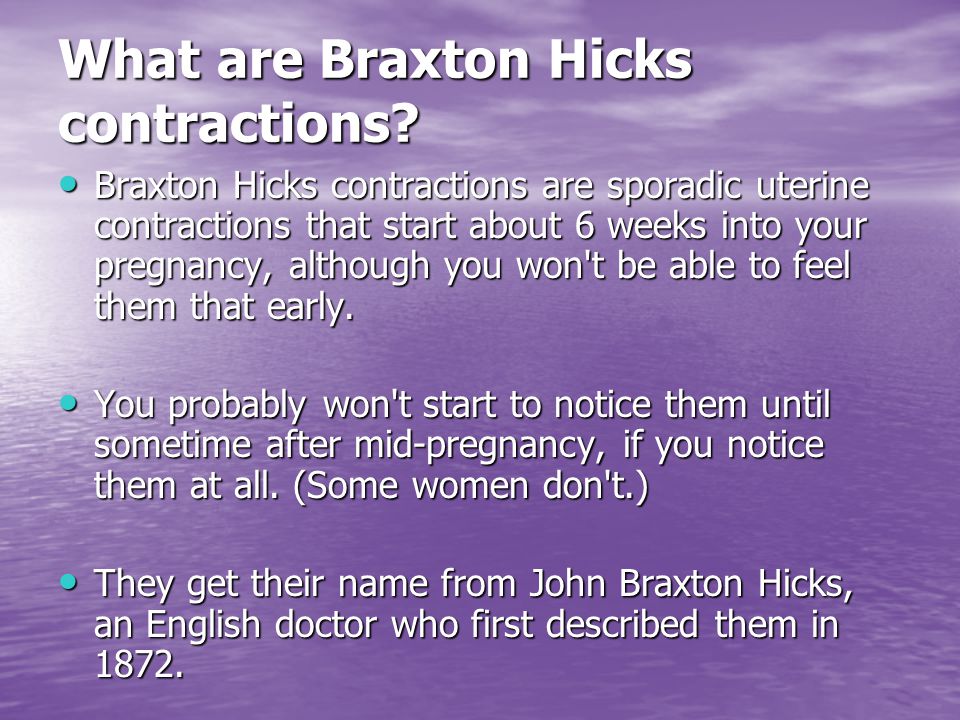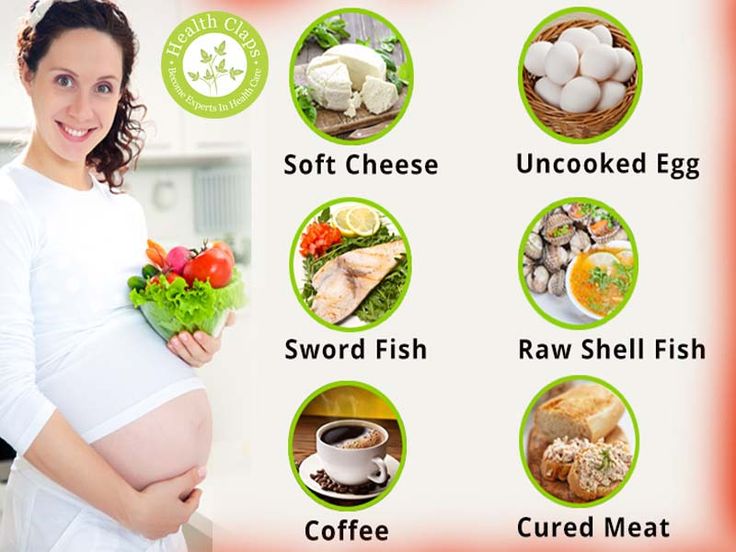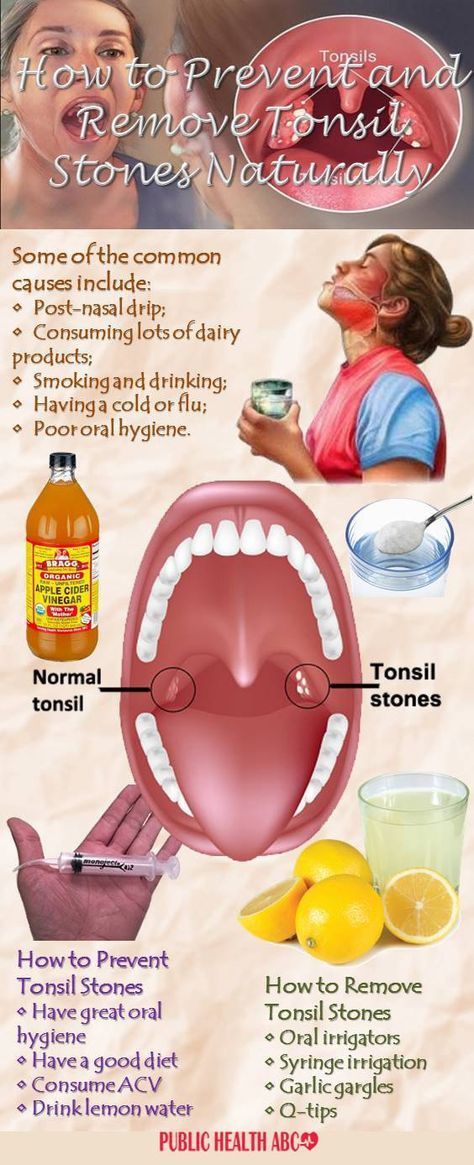How to teach a child about the solar system
How to teach students about the solar system
Learning about the solar system is an important part of every child’s education. Planetary science or planetology, which is the study of planets, is one of the fastest growing areas of scientific research. In this lesson, we’ll discuss how you can teach students about the solar system.
Why is it important to teach kids about the solar system?
Knowledge about the solar system is more important than ever. It helps us appreciate the Earth. It gives us incentives to preserve and respect our natural resources.
And it helps us answer some of biggest questions of our day and age.
NASA says studying the solar system may help us understand important issues, such as how global warming will affect the Earth or how life originated on our planet.
Go to the movies!
Probably one of the easiest ways to get your children interested in the solar system is by showing them films. It can be hard to make the solar system interesting in a conversation. But showing videos, documentaries or even Hollywood movies can make planetary science come alive. With regard to documentaries, we’d recommend trying out National Geographic’s Journey to the Edge of the Universe.
But if a documentary is a little too much for your student to process, perhaps start off with science fiction movies. Yes, even watching Hollywood films can serve as an educational experience. But you need to make sure you hold a discussion with your kids afterwards to straighten out the facts.
One way you can teach students about the solar system is by having them watch a movie like Interstellar. Then ask them to spot what parts of the movie are scientifically accurate and what parts aren’t as they watch. Turn it into a game!
Of course, be on the watch for mature content and, if necessary, skip through parts of the movie you think might be disturbing to your child.
Make teaching the solar system visual!
A powerful way to show kids about the solar system is to create a model.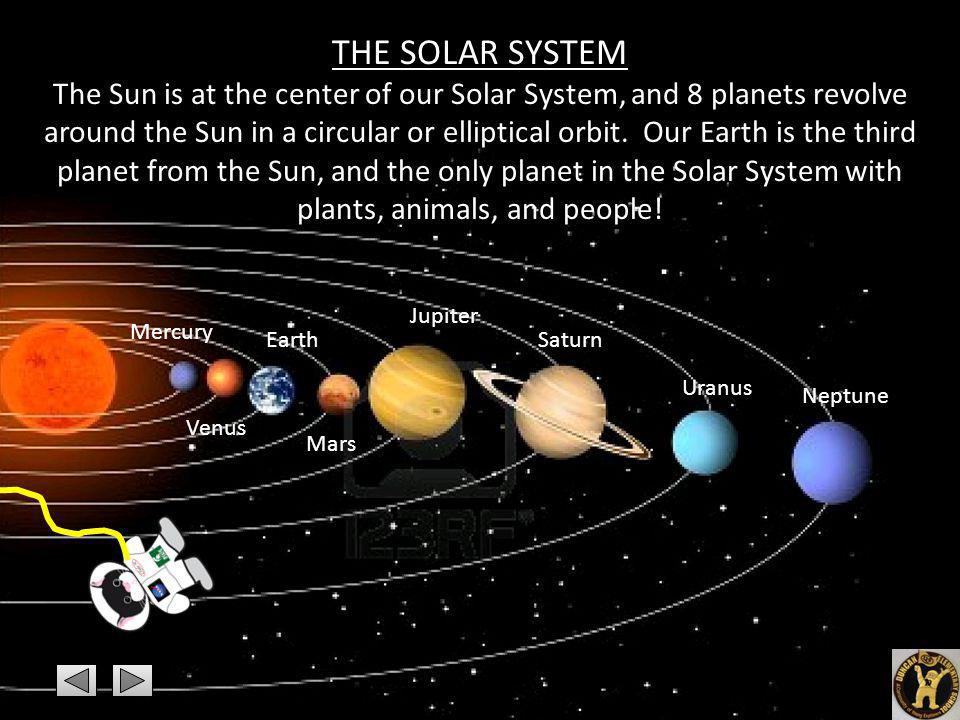 One way you can do this is by cutting different-coloured planets out of construction paper and laying them out on the floor.
One way you can do this is by cutting different-coloured planets out of construction paper and laying them out on the floor.
Put the sun in the centre and ask your children to place the planets in their right spots. Then talk about each planet. There are plenty of resources that can help with this.
Show students the planets and stars!
On a clear night, go to an area with little light pollution and try to find each of the planets. This approach often helps students learn about the solar system. Having children look at the planets in the sky helps makes the lessons tangible and real.
Spotting planets might be a little tricky at first, but with a little bit of practice, anyone can get it! Once your students learn how to spot planets, you can even start looking at constellations.
In addition to being a lot of fun, it can help students navigate. We’ve covered this topic before in our blog.
Make learning about the solar system fun!
Take the knowledge that you’ve taught your kids and turn it into a game! Family trivia nights about the solar system are a great way to start.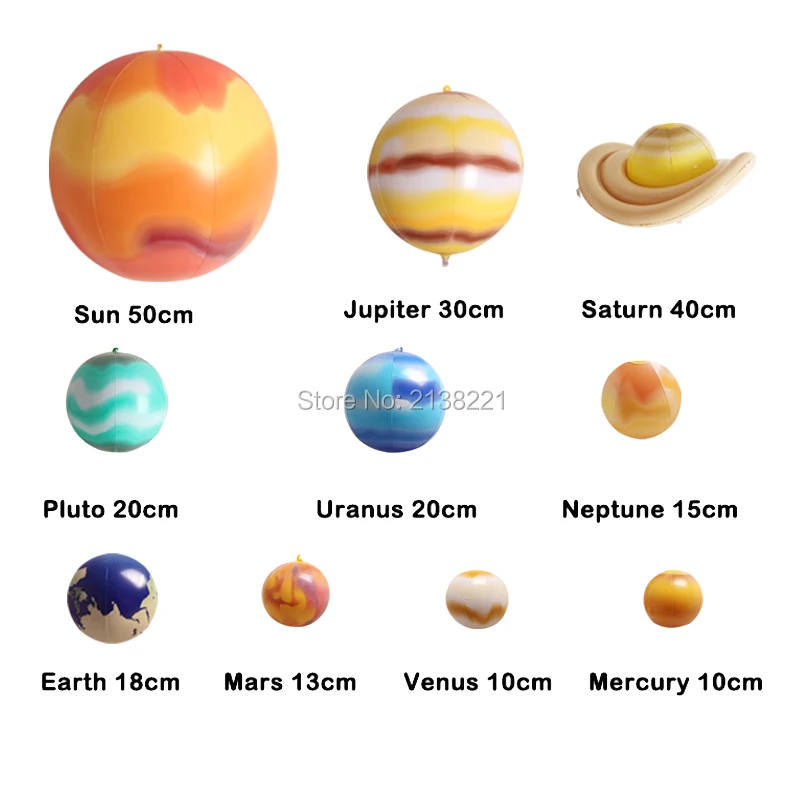
Another fun idea would be to play ‘I Spy” with your kids. Ask them to spot constellations and planets. See who can do it the fastest!
Use your imagination! There are many ways to make learning about the solar system fun!
How to Teach About the Solar System to Children
••• © Circotasu | Dreamstime.com
By Heather Inks
Children naturally love learning about the solar system. The sun, moon, stars and planets are fascinating to both small children who see stars twinkle in the night sky at night and older children who begin to ask harder questions such as "are there other planets with life?" or "are there other solar systems like ours?" Using a combination of illustrations, books, videos, worksheets and crafts would be an excellent way to introduce children to simple concepts and lessons on the solar system as well as more advanced concepts. The most important thing when putting together a solid lesson or series of lessons on the solar system is to make sure the source references are reliable, accurate and trusted by fact checking and researching your sources before presenting learning materials on the solar system to children.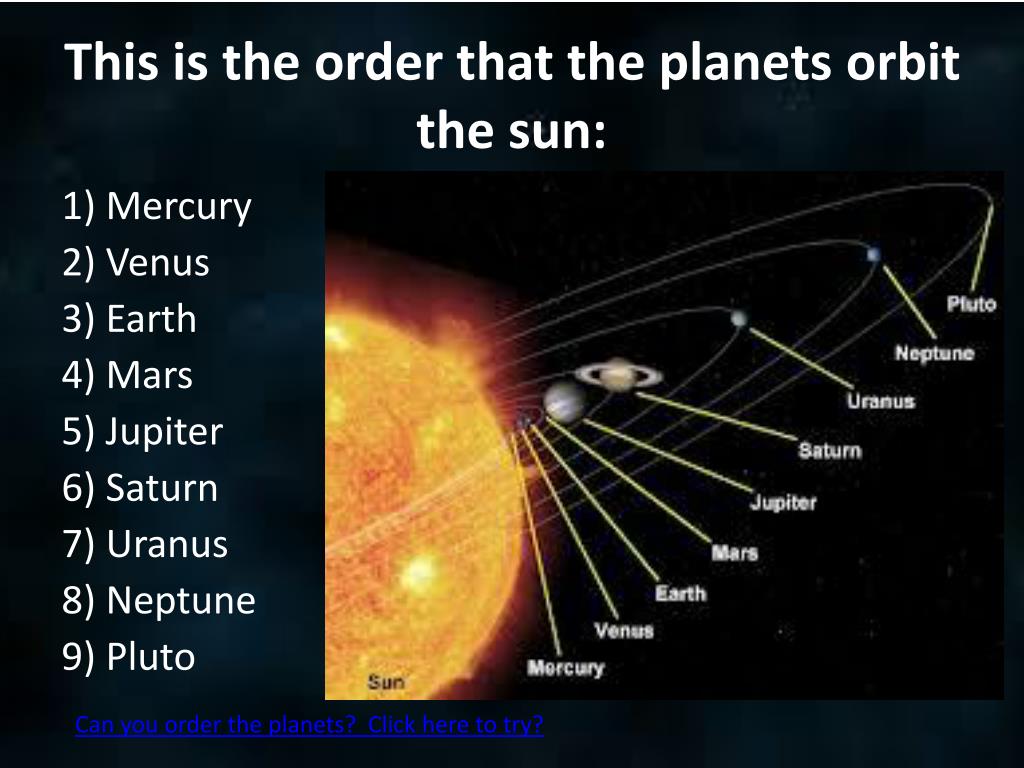
- Computer
- Internet service
- Handouts
- Worksheets
- Craft Materials
Consider teaching about the solar system for an entire week or even a monthlong unit. Use the solar system topic to get young children, especially boys, interested in reading.
Don't play any videos to children or in the classroom without watching the entire video or clip to make sure they are completely appropriate.
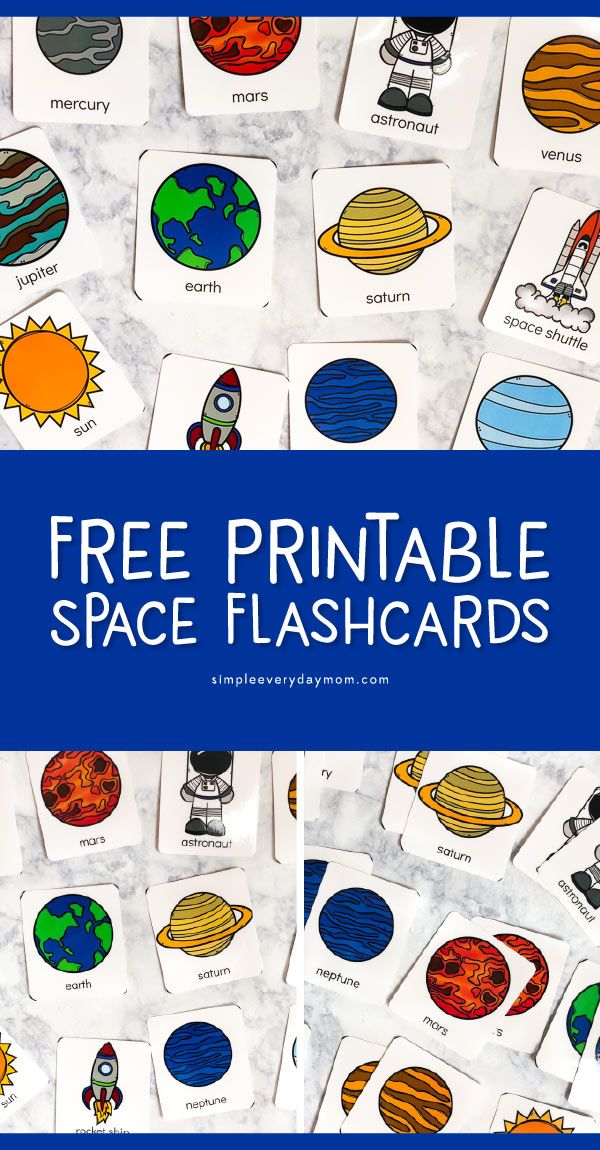 Don't rush children when learning the planets or about the solar system; there is a lot of information for them to learn.
Don't rush children when learning the planets or about the solar system; there is a lot of information for them to learn.
Teach children the planets of our solar system starting with the planet closest to the sun, Mercury. It is best to teach children the planets in order because it will help them memorize better just like starting with A when teaching the alphabet.
Use an illustration, poster or drawing to introduce or review the planets. A link to a set of pictures of the planets in order is included under Additional Resources.
Select a video on the sun, moon, stars and planets or share a solar system song to engage children and get them more interested in learning details about the solar system.
There are several solar system songs on video available online free. See Additional Resources for a link to solar system video and song clips. Be sure to always check the videos and songs for accurate facts and appropriateness before playing any in front of children or in a classroom.
Complete an age-appropriate solar system set of activities, worksheets and crafts. An activity and craft combination can be created for any grade level.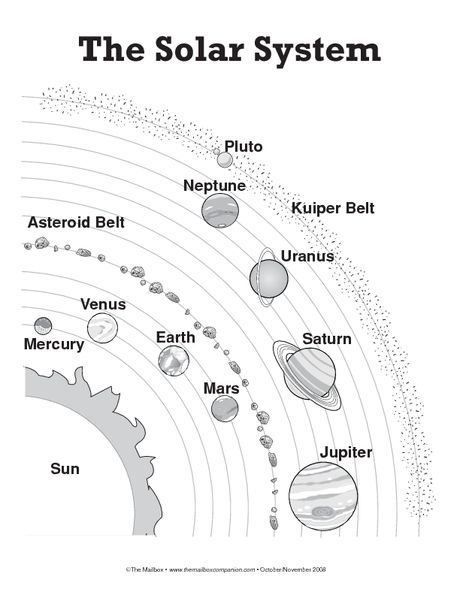
Common activities include coloring the planets, putting the planets in order and creating a mobile of the solar system. Easier activities for younger children can include learning to write the letter M on a moon worksheet or A for astronaut. More challenging solar system activities can include creating a larger model of the solar system to scale. Group activities can include around the world using flash cards of the planets or splitting the children into groups, each holding one planet picture and having groups compete on who can get into the "correct" order first.
Wrap up the solar system lesson with a video that is more in depth than the introduction materials or that reviews the material. After children complete all the other activities, they will be ready to learn more about the exciting solar system.
Higher level videos and clips on the solar system, galaxies, planets and stars can be watched by small children if the graphics are colorful or the video has a child-friendly tune in the background because the children will enjoy the colorful introduction to more challenging concepts.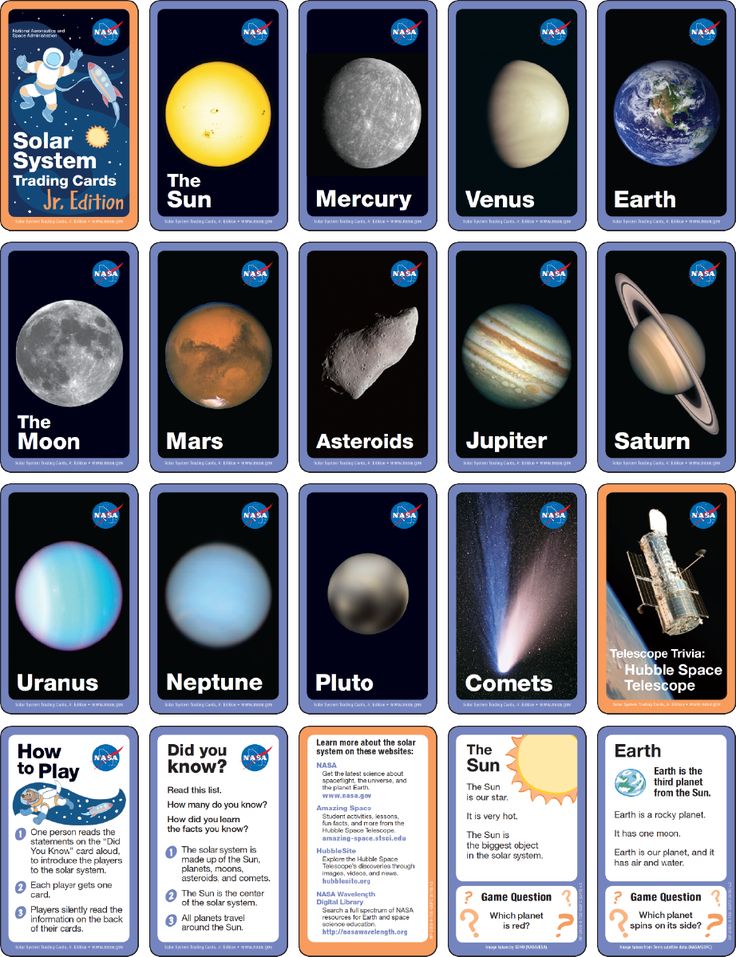
Create a method to test the competency of the children after learning about the solar system.
Small children can be asked to label basics such as the moon, stars, Earth and sun. Older children can be asked to put the planets in order after given time to study the materials. Children can also be asked to create a report, story, song or model to test competency, which can be graded using a standard shared with the students before the assignment is turned in. Children can also be quizzed or tested on the solar system information they were taught.
Things You'll Need
Warnings
Related Articles
References
- Stetson University Master's in Education
- Video: Why Isn't Pluto a Planet Anymore? (appropriate for pre-K through high school students)
- Outer Space Theme for Children (pre-K through elementary school children activities)
About the Author
Heather Inks is a social entrepreneur who educates on improving communities and the world. She is an educator, writer, photographer, artist and model who has taught K6-12th grade and public educators. Inks is a life coach specializing in personal, career, educational, dating, health and fitness, and gifted children issues. She has been educated at fine universities including graduate work at Stetson University.
Photo Credits
© Circotasu | Dreamstime.com
solar system of the planet for children. How to tell a child about the planets of the solar system
The solar system is the central star the Sun and all the cosmic bodies that revolve around it.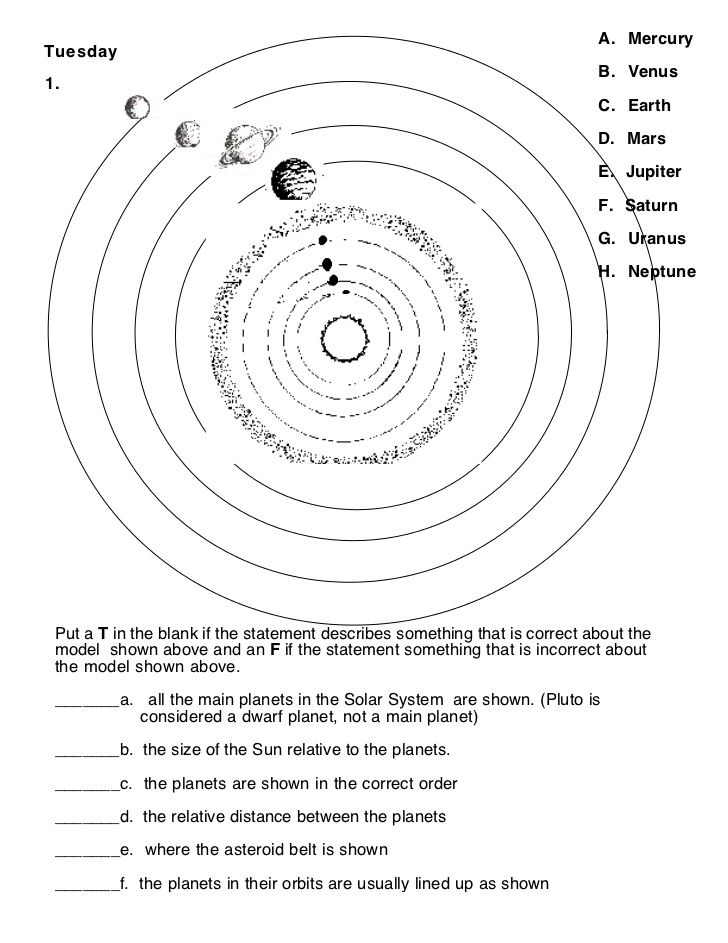
There are 8 largest celestial bodies or planets in the solar system. Our Earth is also a planet. In addition to it, 7 more planets make their journey in space around the Sun: Mercury, Venus, Mars, Jupiter, Saturn, Uranus and Neptune. The last two can only be observed with a telescope from Earth. The rest are visible to the naked eye.
More recently, one more celestial body, Pluto, was ranked among the planets. It is very far from the Sun, beyond the orbit of Neptune, and was discovered only in 1930. However, in 2006, astronomers introduced a new definition of a classical planet, and Pluto did not fall under it.
The planets have been known to people since ancient times. The nearest neighbors of the Earth are Venus and Mars, the most distant from it are Uranus and Neptune.
Large planets are usually divided into two groups. The first group includes the planets closest to the Sun: these are terrestrial planets , or inner planets - Mercury, Venus, Earth and Mars.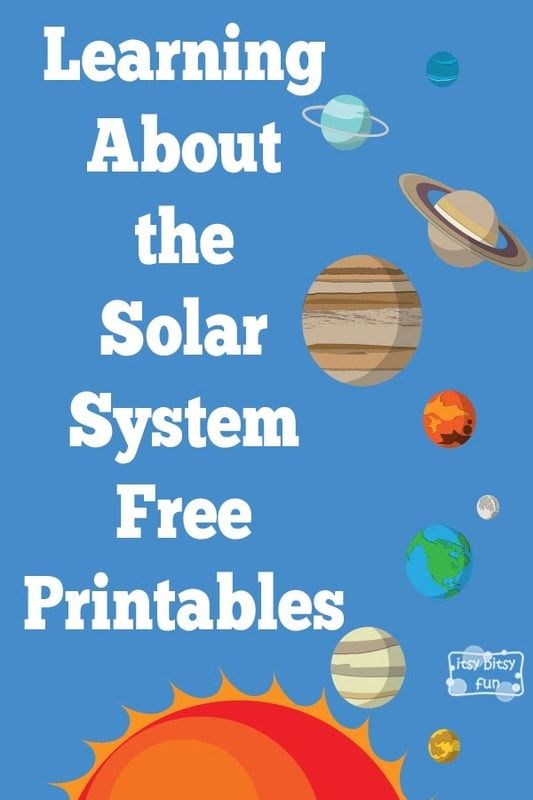 All these planets have a high density and a solid surface (although there is a liquid core under it). The largest planet in this group is Earth. However, the planets farthest from the Sun - Jupiter, Saturn, Uranus and Neptune are much larger than the Earth in size. Therefore, they were called giant planets. . They are also called outer planets. . Thus, the mass of Jupiter exceeds the mass of the Earth by more than 300 times. The giant planets differ significantly from the terrestrial planets in their structure: they do not consist of heavy elements, but of gas, mainly hydrogen and helium, like the Sun and other stars. Giant planets do not have a solid surface - they are just balls of gas. Therefore, they are also called gas planets .
All these planets have a high density and a solid surface (although there is a liquid core under it). The largest planet in this group is Earth. However, the planets farthest from the Sun - Jupiter, Saturn, Uranus and Neptune are much larger than the Earth in size. Therefore, they were called giant planets. . They are also called outer planets. . Thus, the mass of Jupiter exceeds the mass of the Earth by more than 300 times. The giant planets differ significantly from the terrestrial planets in their structure: they do not consist of heavy elements, but of gas, mainly hydrogen and helium, like the Sun and other stars. Giant planets do not have a solid surface - they are just balls of gas. Therefore, they are also called gas planets .
There is an asteroid belt between Mars and Jupiter , or minor planets . An asteroid is a small planet-like body in the solar system, ranging in size from a few meters to a thousand kilometers. The largest asteroids in this belt are Ceres, Pallas and Juno.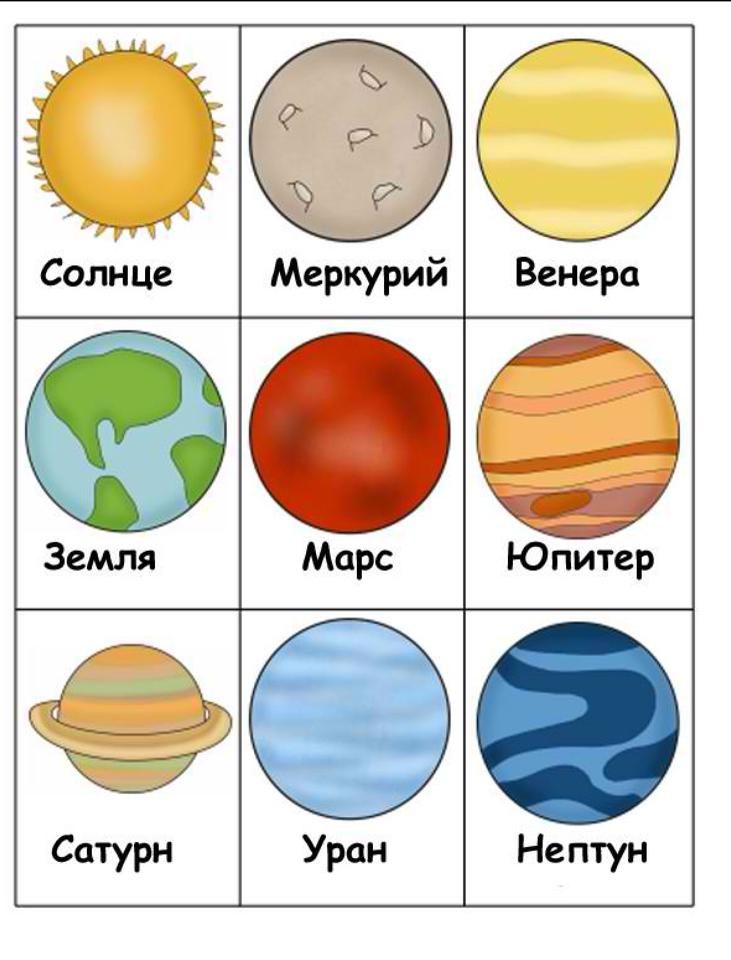
Beyond the orbit of Neptune is another belt of small celestial bodies, which is called the Kuiper belt. It is 20 times wider than the asteroid belt. Pluto, which lost its status as a planet and was relegated to dwarf planets is just in this belt. There are other dwarf planets in the Kuiper belt, similar to Pluto, in 2008 they were called that - plutoids . These are Makemake and Haumea. By the way, Ceres from the asteroid belt is also classified as a dwarf planet (but not plutoid!).
Another plutoid - Eris - is comparable in size to Pluto, but is located much further from the Sun - beyond the Kuiper belt. Interestingly, Eris was at one time even a candidate for the role of the 10th planet in the solar system. But as a result, it was the discovery of Eris that caused the revision of the status of Pluto in 2006, when the International Astronomical Union (IAU) introduced a new classification of the celestial bodies of the solar system. According to this classification, Eris and Pluto did not fall under the concept of a classical planet, but "deserved" only the title of dwarf planets - celestial bodies that revolve around the Sun, are not planetary satellites and have a large enough mass to maintain an almost rounded shape, but, unlike the planets, they are not able to clear their orbit from other space objects.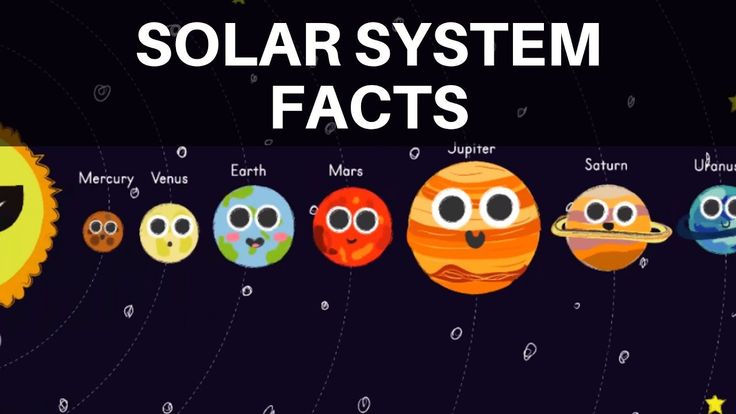
In addition to the planets, the Solar System includes their satellites that revolve around them. There are now 415 satellites in total. The Moon is the constant companion of the Earth. Mars has 2 moons - Phobos and Deimos. Jupiter has 67 moons and Saturn has 62. Uranus has 27 moons. And only Venus and Mercury have no satellites. But the "dwarfs" of Pluto and Eris have satellites: Pluto has Charon, and Eris has Dysnomia. However, astronomers have not yet come to the final conclusion whether Charon is a satellite of Pluto or the Pluto-Charon system is the so-called double planet. Even some asteroids have moons. The champion in size among satellites is Ganymede, a satellite of Jupiter, not far behind Saturn's satellite Titan. Both Ganymede and Titan are larger than Mercury.
In addition to planets and satellites, dozens, if not hundreds of thousands of different small bodies plow the solar system : tailed celestial bodies - comets, a huge number of meteorites, particles of gas and dust matter, scattered atoms of various chemical elements, streams of atomic particles and others.
All objects of the solar system are held in it by the force of gravity of the sun, and they all revolve around it, and in the same direction with the rotation of the sun itself and practically in the same plane, which is called plane of the ecliptic . The exception is some comets and Kuiper belt objects. In addition, almost all objects of the solar system also rotate around their axis, and in the same direction as around the Sun (the exception is Venus and Uranus; the latter rotates completely "lying on its side").
The planets of the solar system revolve around the sun in one plane - the plane of the ecliptic
Pluto's orbit is strongly inclined relative to the ecliptic (by 17°) and strongly elongated
Almost the entire mass of the solar system is concentrated in the Sun - 99.8%. The four largest objects - gas giants - make up 99% of the remaining mass (with most - about 90% - falling on Jupiter and Saturn). As for the size of the solar system, astronomers have not yet come to a consensus on this issue. According to modern estimates, the size of the solar system is at least 60 billion kilometers. In order to at least approximately imagine the scale of the solar system, we will give a more illustrative example. Within the solar system, an astronomical unit (AU) is taken as a unit of distance - the average distance from the Earth to the Sun. It is equal to approximately 150 million km (light travels this distance in 8 min 19With). The outer boundary of the Kuiper belt is located at a distance of 55 AU. e. from the Sun.
As for the size of the solar system, astronomers have not yet come to a consensus on this issue. According to modern estimates, the size of the solar system is at least 60 billion kilometers. In order to at least approximately imagine the scale of the solar system, we will give a more illustrative example. Within the solar system, an astronomical unit (AU) is taken as a unit of distance - the average distance from the Earth to the Sun. It is equal to approximately 150 million km (light travels this distance in 8 min 19With). The outer boundary of the Kuiper belt is located at a distance of 55 AU. e. from the Sun.
Another way to imagine the real dimensions of the solar system is to imagine a model in which all dimensions and distances are reduced by a factor of billion times . In this case, the Earth will be about 1.3 cm in diameter (the size of a grape). The moon will rotate at a distance of about 30 cm from it. The sun will be 1.5 meters in diameter (about the height of a person) and 150 meters from Earth (about a city block). Jupiter is 15 cm in diameter (the size of a large grapefruit) and 5 city blocks from the Sun. Saturn (the size of an orange) is 10 blocks away. Uranus and Neptune (lemons) - 20 and 30 quarters. A person on this scale would be the size of an atom; and the nearest star is at a distance of 40,000 km.
Jupiter is 15 cm in diameter (the size of a large grapefruit) and 5 city blocks from the Sun. Saturn (the size of an orange) is 10 blocks away. Uranus and Neptune (lemons) - 20 and 30 quarters. A person on this scale would be the size of an atom; and the nearest star is at a distance of 40,000 km.
Why is it much easier for children to memorize the planets of the solar system than it might seem? Yes, because there is an easy way that can help kids. And we will tell you about this method now. Almost every child after 5 years old begins to be interested in space, celestial bodies and planets of the solar system. Remember yourself in these years, how you were drawn by the starry sky and its secrets. This topic is especially captivating for children, so stories about stars and constellations can captivate kids for a long time.
So how can you help your child form the most correct concepts in the field of astronomy? First of all, it is necessary to pay attention to the age of the child and the degree of his interest in this issue.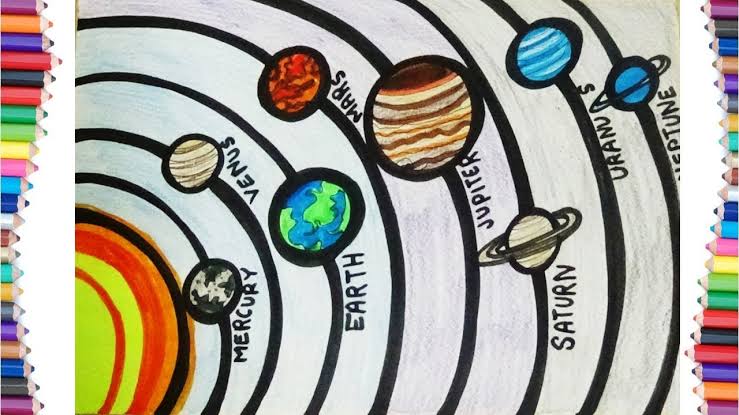 You should not load a six-year-old baby with serious data on the mass of the planets or their chemical composition, but the names, satellites, location in the starry sky can be quite easily explained. In this article, we will focus on the age of children from 5 to 10 years. But to decide what kind of specific information to convey to children, of course, you will have to do it yourself. But then you can safely say that yours! 🙂
You should not load a six-year-old baby with serious data on the mass of the planets or their chemical composition, but the names, satellites, location in the starry sky can be quite easily explained. In this article, we will focus on the age of children from 5 to 10 years. But to decide what kind of specific information to convey to children, of course, you will have to do it yourself. But then you can safely say that yours! 🙂
How to tell a child about the planets of the solar system
In order for a child to learn the material well, it must be clearly demonstrated. Therefore, you will need pictures with planets, constellations, celestial bodies and stars. You can prepare a small computer presentation and place all the necessary images in it. A short video made in the form of a . The main thing is that your student does not get bored and easily perceives what you say. Do not overwhelm him with complex phrases, talk about everything simply and naturally. Learning should take place in a playful way, then the child will not get bored and will remember all the basic information.
So, let's define,
What exactly can you tell a child about space and the solar system
- What is the solar system.
- The history of the planets.
- Satellites of planets.
- Names of the planets and their order in relation to the Sun.
- A small description of each planet.
How to easily remember the order of the planets in the sky
There is one easy way for children to remember the planets of the solar system. However, for adults too. It is very similar to how we remember the colors of the rainbow. All children love various counting rhymes, thanks to which information settles in memory for a long time. To memorize the planets of the solar system, I can suggest that you learn a rhyme with the guys that you can compose yourself, or use the work of A. Hight:
In order all the planets
Name any of us:
One - Mercury,
Two - Venus,
Three - Earth,
Four - Mars.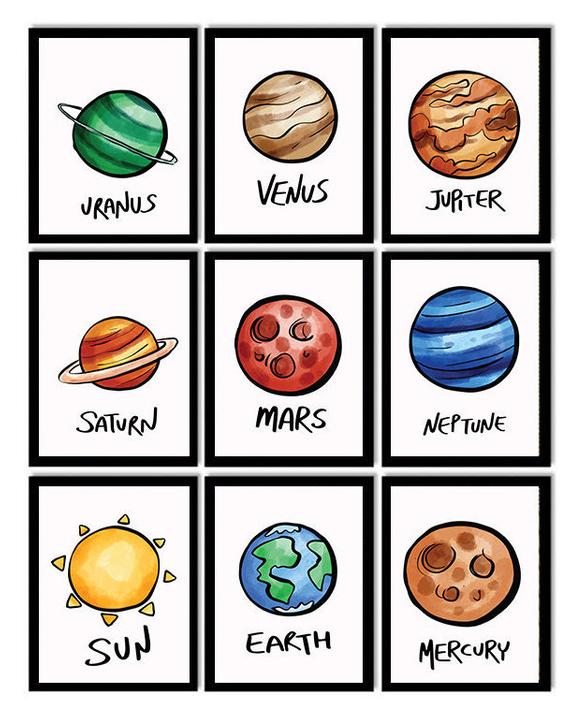
Five - Jupiter,
Six - Saturn,
Seven - Uranus,
Next is Neptune.
Think back to remembering the colors of the rainbow as a child. With the names of the planets, the same principle can be applied. Construct a phrase, each word of which will begin with the same letter as the planet of the solar system in the order of its location from the sun. For example:
M s Mercury
B Strive Venus
Z autra Earth
M oya Mars
Yu naya Jupiter
C wayfarer Saturn
U I fly Uranus
N for a long time Pluto
This is just an example, in fact you can think of anything, as long as the baby is close in spirit, and he easily remembers the whole sentence in its entirety. Now that we have figured out exactly how to present any information to children, we can move on to the direct knowledge that you will teach young astronomers.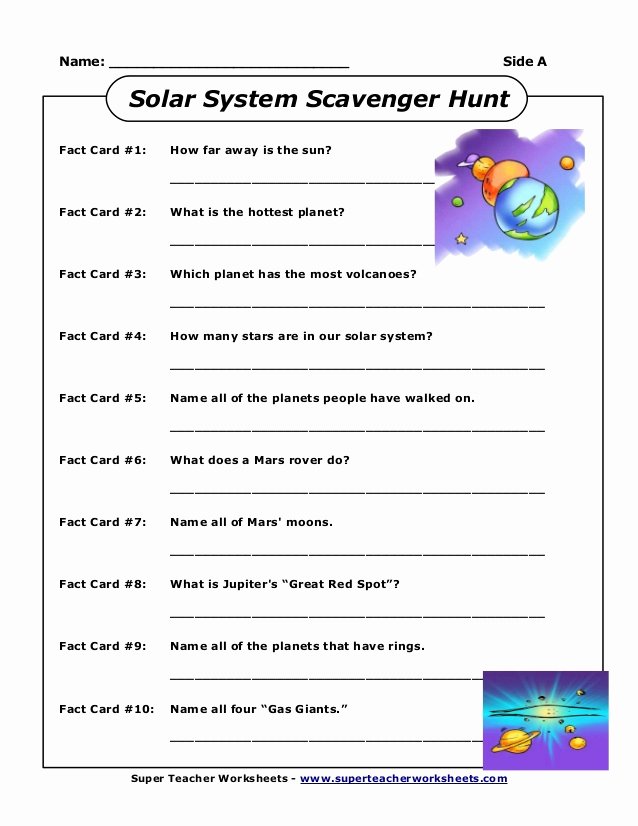
And finally, an interesting and simple story for children about
What is the solar system
The solar system is all cosmic bodies that revolve around the Sun according to their well-defined trajectories. These include 8 planets and their satellites (their composition is constantly changing, as some objects are discovered, others lose their status), many comets, asteroids and meteorites.
The history of the planets
There is no definite opinion on this matter, there are only theories and conjectures. According to the most common opinion, about 5 billion years ago, one of the clouds of the Galaxy began to shrink towards the center and formed our Sun. The formed body had a huge force of attraction, and all the particles of gas and dust around began to connect and stick together into balls (these are the current planets).
The Sun as a star and the center of the solar system
The planets in their orbits revolve around a huge star called the Sun.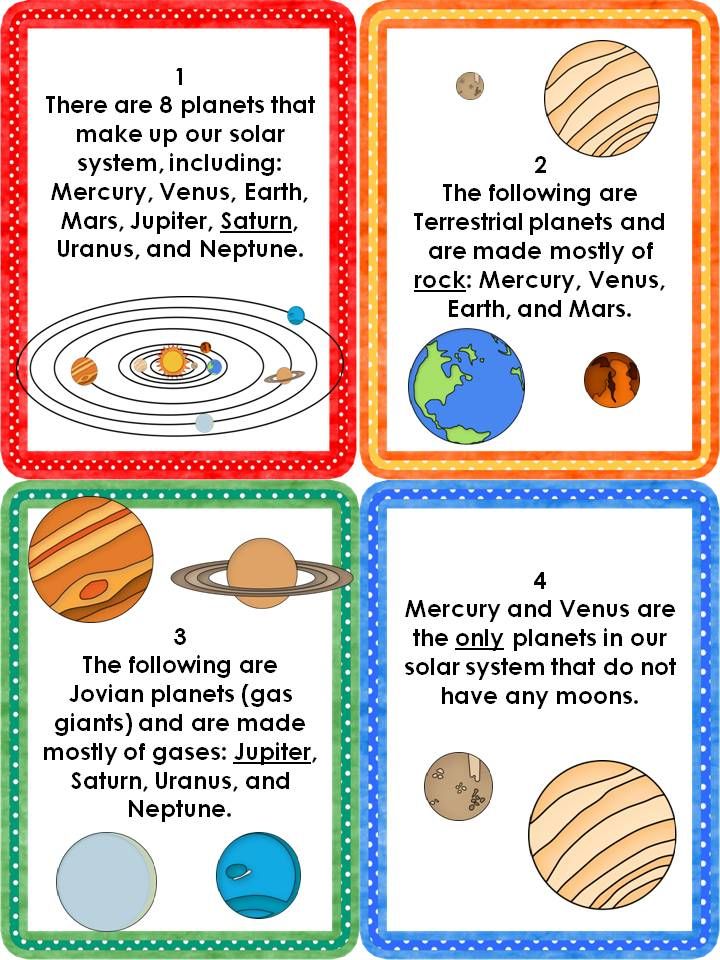 The planets themselves do not radiate any heat, and if it were not for the light of the Sun that they reflect, then life on Earth would never have arisen. There is a certain classification of stars, according to which the Sun is a yellow dwarf, about 5 billion years old.
The planets themselves do not radiate any heat, and if it were not for the light of the Sun that they reflect, then life on Earth would never have arisen. There is a certain classification of stars, according to which the Sun is a yellow dwarf, about 5 billion years old.
Satellites of planets
The solar system does not consist of only one planets, it also includes natural satellites, among which the well-known to us the Moon. In addition to Venus and Mercury, each planet has a certain number of satellites, today there are more than 63 of them. New celestial bodies are constantly being discovered thanks to photographs taken by automatic spacecraft. They are able to detect even the smallest satellite with a diameter of only 10 km (Leda, Jupiter).
Characteristics of each planet in the solar system
1. Mercury. This is the planet closest to the Sun, it is considered the smallest in the entire system. The surface of Mercury is solid, like all four inner planets (closest to the center).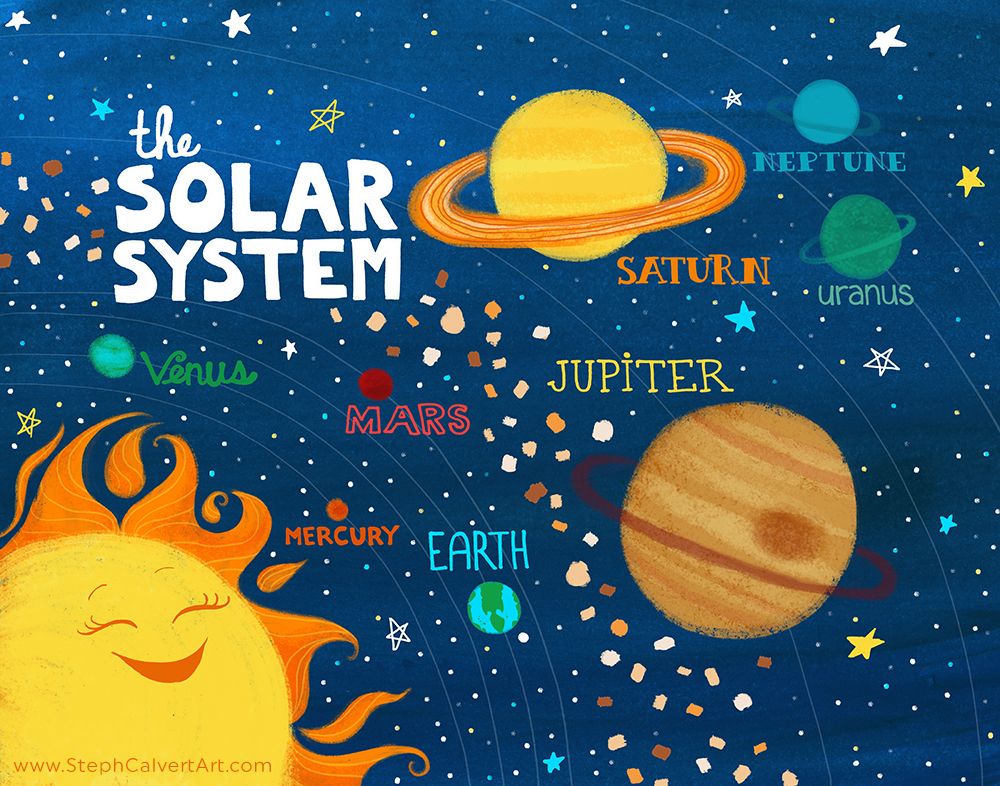 It has the highest rotation speed. During the day, the planet practically burns under the sun's rays (+350?), And it freezes at night (-170?).
It has the highest rotation speed. During the day, the planet practically burns under the sun's rays (+350?), And it freezes at night (-170?).
2. Venus. This planet is more similar to the Earth than others in its size and brightness. There are always a lot of clouds around it, which makes it difficult to observe. The entire surface of Venus is a hot, rocky desert.
3. Ground - single plan eta, on which there is water, therefore, life. It has an ideal position in relation to the Sun: close enough to receive the right amount of light and heat, and far enough not to burn out from the rays. The Earth has one satellite - Moon.
4. Mars. Some scientists have suggested that life also exists on this planet because it shares a number of similarities with Earth. But numerous studies have found no signs of life there. There are currently two known natural satellites of Mars: Phobos and Deimos.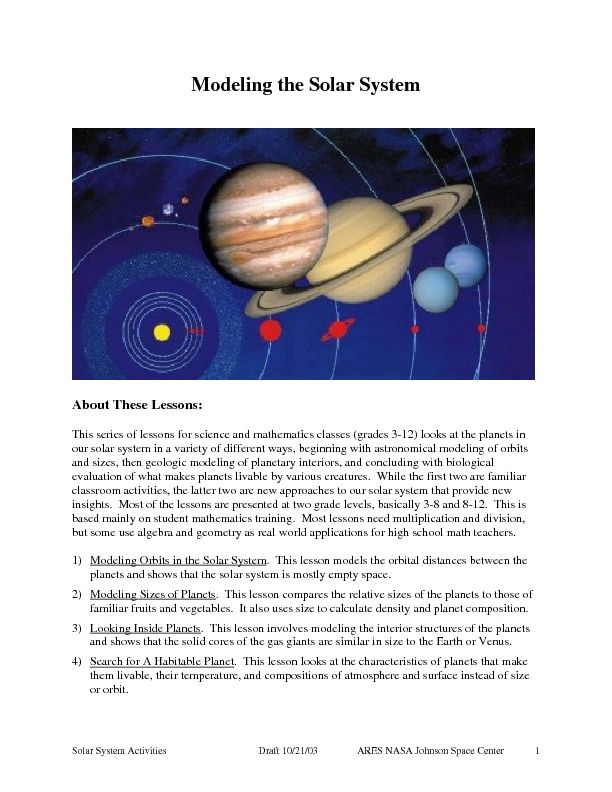
5. Jupiter - is the largest planet in the solar system, 10 times the diameter of the Earth and 300 times the mass. Jupiter consists of hydrogen, helium and other gases, has 16 satellites.
6. Saturn - is the most interesting planet for children, as it has rings that are formed from dust, rocks and ice. Three main rings rotate around Saturn, the thickness of which is about 30 meters.
7. Uranus. This planet also has rings, but they are much more difficult to see, they appear only at certain times. The main feature of Uranus is its manner of rotation, performed in the "lying on its side" mode.
8. Neptune. Astronomy today calls this planet the last in the solar system. Neptune was discovered only in 1989, since it is located very far from the Sun. Its surface looks blue from space, which cannot but amaze us.
Before 2006, there were 9 planets, including Pluto.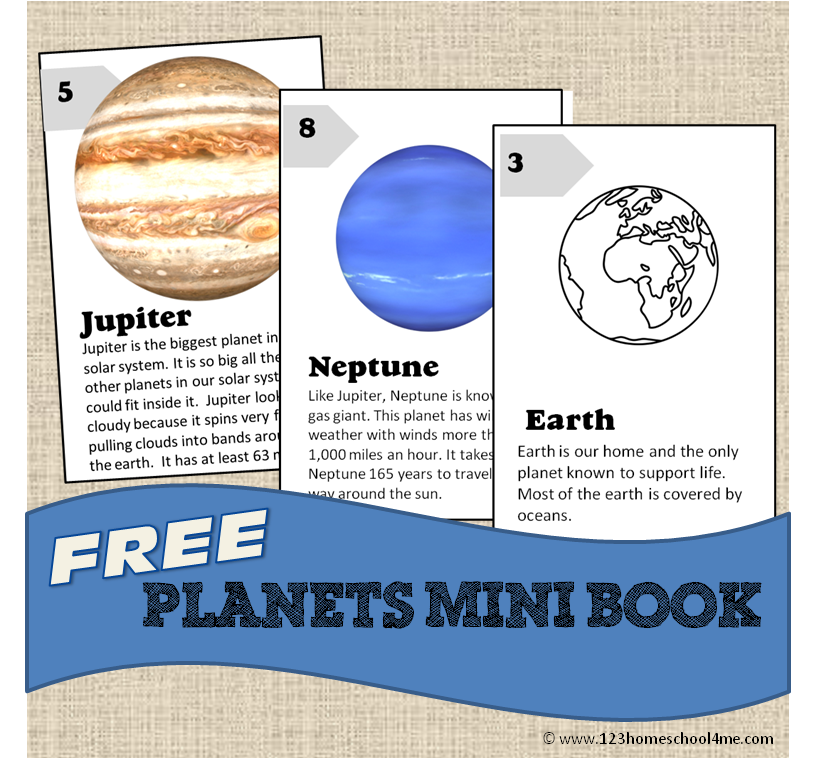 But according to the latest scientific data, this space object is no longer called a planet. It's a pity ... Although, it has become easier for children to remember. 🙂
But according to the latest scientific data, this space object is no longer called a planet. It's a pity ... Although, it has become easier for children to remember. 🙂
So what? Do you think our simple tips will help children remember the planets of the solar system? Or do you know an easier way?
The solar system is a group of planets revolving in certain orbits around a bright star - the Sun. This luminary is the main source of heat and light in the solar system.
It is believed that our system of planets was formed as a result of the explosion of one or more stars and this happened about 4.5 billion years ago. At first, the solar system was a collection of gas and dust particles, however, over time and under the influence of its own mass, the Sun and other planets arose.
Planets of the Solar System
In the center of the Solar System is the Sun, around which eight planets move in their orbits: Mercury, Venus, Earth, Mars, Jupiter, Saturn, Uranus, Neptune.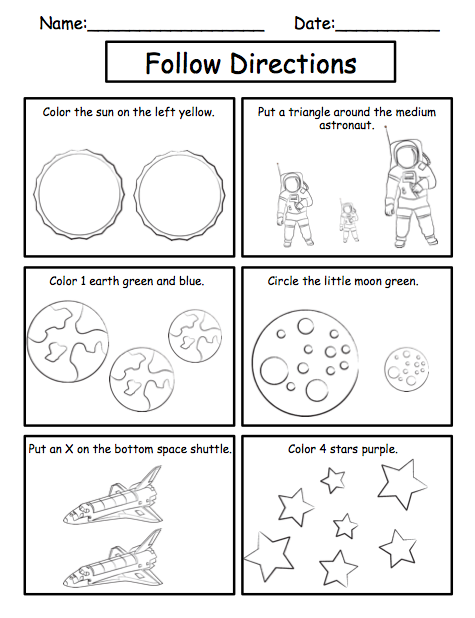
Until 2006, Pluto also belonged to this group of planets, it was considered the 9th planet from the Sun, however, due to its considerable distance from the Sun and its small size, it was excluded from this list and called a dwarf planet. Rather, it is one of several dwarf planets in the Kuiper belt.
All the planets mentioned above are usually divided into two large groups: the terrestrial group and the gas giants.
The terrestrial group includes such planets as: Mercury, Venus, Earth, Mars. They are distinguished by their small size and rocky surface, and in addition, they are located closer than the others to the Sun.
The gas giants include: Jupiter, Saturn, Uranus, Neptune. They are characterized by large sizes and the presence of rings, which are ice dust and rocky pieces. These planets are made up mostly of gas.
Sun
The Sun is the star around which all the planets and moons in the solar system revolve. It is made up of hydrogen and helium. The Sun is 4.5 billion years old, only in the middle of its life cycle, gradually increasing in size. Now the diameter of the Sun is 1 391400 km. In the same number of years, this star will expand and reach the orbit of the Earth.
The Sun is 4.5 billion years old, only in the middle of its life cycle, gradually increasing in size. Now the diameter of the Sun is 1 391400 km. In the same number of years, this star will expand and reach the orbit of the Earth.
The sun is the source of heat and light for our planet. Its activity increases or becomes weaker every 11 years.
Due to the extremely high temperatures on its surface, a detailed study of the Sun is extremely difficult, but attempts to launch a special apparatus as close as possible to the star continue.
Terrestrial group of planets
Mercury
This planet is one of the smallest in the solar system, its diameter is 4879km. In addition, it is closest to the Sun. This neighborhood predetermined a significant temperature difference. The average temperature on Mercury during the day is +350 degrees Celsius, and at night it is -170 degrees.
If we focus on the Earth's year, then Mercury makes a complete revolution around the Sun in 88 days, and one day there lasts 59 Earth days.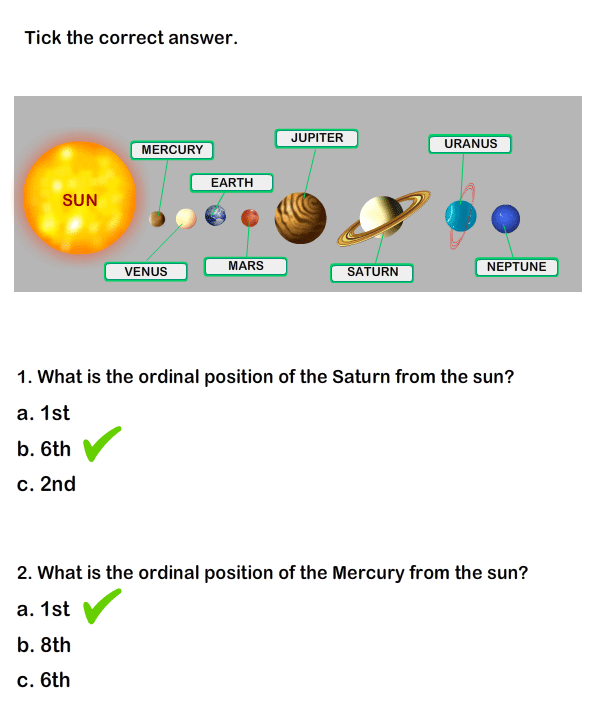 It was noticed that this planet can periodically change the speed of its rotation around the Sun, its distance from it and its position.
It was noticed that this planet can periodically change the speed of its rotation around the Sun, its distance from it and its position.
There is no atmosphere on Mercury, in connection with this, asteroids often attack it and leave behind a lot of craters on its surface. Sodium, helium, argon, hydrogen, oxygen were discovered on this planet.
A detailed study of Mercury presents great difficulties due to its close proximity to the Sun. Mercury can sometimes be seen from Earth with the naked eye.
According to one of the theories, it is believed that Mercury was previously a satellite of Venus, however, this assumption has not yet been proven. Mercury has no satellite.
Venus
This planet is the second from the Sun. In size, it is close to the diameter of the Earth, the diameter is 12,104 km. In all other respects, Venus is significantly different from our planet. A day here lasts 243 Earth days, and a year - 255 days. The atmosphere of Venus is 95% carbon dioxide, which creates a greenhouse effect on its surface.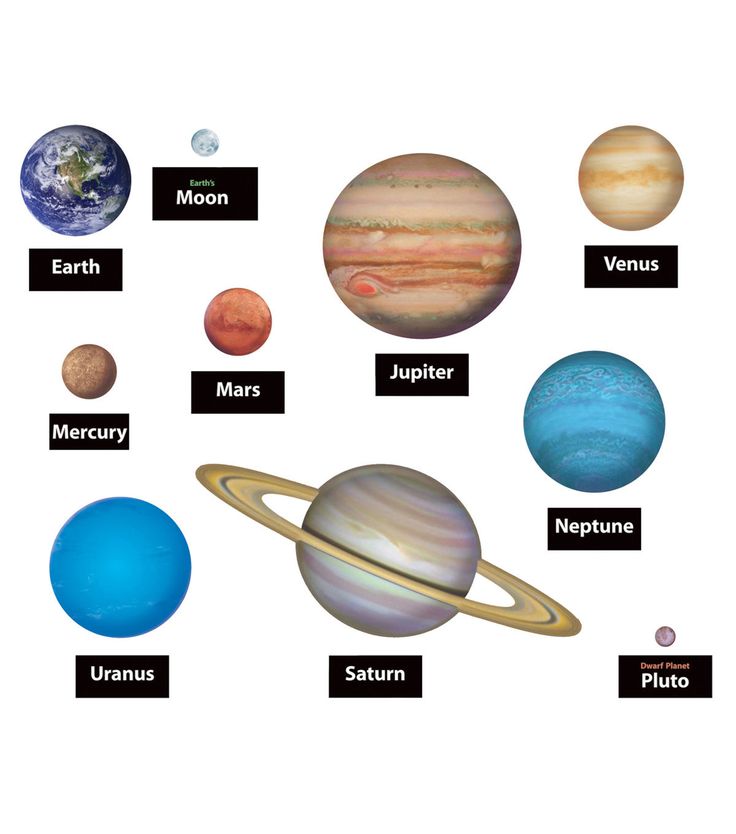 This leads to the fact that the average temperature on the planet is 475 degrees Celsius. The atmosphere also includes 5% nitrogen and 0.1% oxygen.
This leads to the fact that the average temperature on the planet is 475 degrees Celsius. The atmosphere also includes 5% nitrogen and 0.1% oxygen.
Unlike the Earth, most of whose surface is covered with water, there is no liquid on Venus, and almost the entire surface is occupied by solidified basaltic lava. According to one theory, there used to be oceans on this planet, however, as a result of internal heating, they evaporated, and the vapors were carried away by the solar wind into outer space. Near the surface of Venus, weak winds blow, however, at an altitude of 50 km, their speed increases significantly and amounts to 300 meters per second.
There are many craters and hills on Venus, reminiscent of terrestrial continents. The formation of craters is associated with the fact that earlier the planet had a less dense atmosphere.
A distinctive feature of Venus is that, unlike other planets, its movement is not from west to east, but from east to west. It can be seen from Earth even without the help of a telescope after sunset or before sunrise.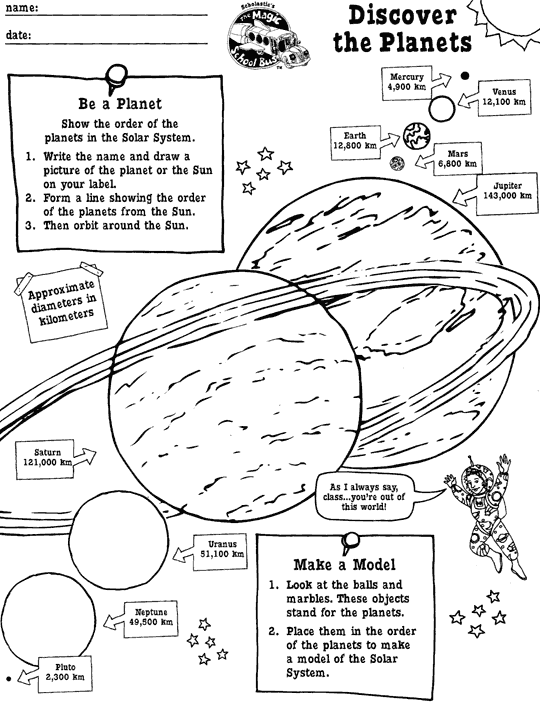 This is due to the ability of its atmosphere to reflect light well.
This is due to the ability of its atmosphere to reflect light well.
Venus has no satellite.
Earth
Our planet is located at a distance of 150 million km from the Sun and this allows creating on its surface a temperature suitable for the existence of water in liquid form, and, therefore, for the emergence of life.
Its surface is 70% covered with water, and it is the only planet that has this amount of liquid. It is believed that many thousands of years ago, the steam contained in the atmosphere created the temperature on the Earth's surface necessary for the formation of water in liquid form, and solar radiation contributed to photosynthesis and the birth of life on the planet.
A peculiarity of our planet is that under the earth's crust there are huge tectonic plates, which, moving, collide with each other and lead to a change in the landscape.
The diameter of the Earth is 12,742 km. An Earth day lasts 23 hours 56 minutes 4 seconds, and a year - 365 days 6 hours 9 minutes 10 seconds. Its atmosphere is 77% nitrogen, 21% oxygen and a small percentage of other gases. None of the atmospheres of other planets in the solar system has such an amount of oxygen.
Its atmosphere is 77% nitrogen, 21% oxygen and a small percentage of other gases. None of the atmospheres of other planets in the solar system has such an amount of oxygen.
According to scientists, the age of the Earth is 4.5 billion years, about the same time its only satellite, the Moon, exists. It is always turned to our planet with only one side. There are many craters, mountains and plains on the surface of the Moon. It reflects sunlight very weakly, so it can be seen from Earth in a pale moonshine.
Mars
This planet is the fourth from the Sun and is 1.5 times more distant from the Sun than the Earth. The diameter of Mars is smaller than Earth's and is 6,779 km. The average air temperature on the planet ranges from -155 degrees to +20 degrees at the equator. The magnetic field on Mars is much weaker than that of the Earth, and the atmosphere is quite rarefied, which allows solar radiation to freely affect the surface. In this regard, if there is life on Mars, it is not on the surface.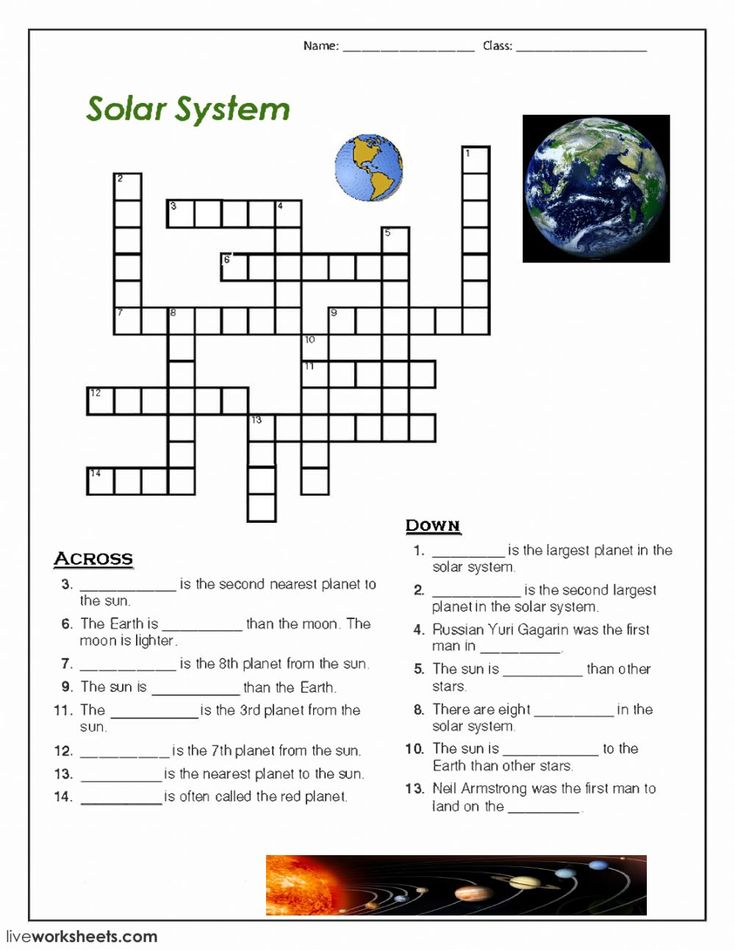
Mars rover surveys have shown that Mars has many mountains, as well as dry riverbeds and glaciers. The surface of the planet is covered with red sand. Iron oxide gives Mars its color.
One of the most frequent events on the planet are dust storms, which are voluminous and destructive. Geological activity on Mars could not be detected, however, it is reliably known that significant geological events took place on the planet earlier.
The atmosphere of Mars is 96% carbon dioxide, 2.7% nitrogen and 1.6% argon. Oxygen and water vapor are present in minimal quantities.
A day on Mars is similar in duration to that on Earth and is 24 hours 37 minutes 23 seconds. A year on the planet lasts twice as long as the earth - 687 days.
The planet has two satellites Phobos and Deimos. They are small and uneven in shape, reminiscent of asteroids.
Mars is also sometimes visible from Earth with the naked eye.
Gas giants
Jupiter
This planet is the largest in the solar system and has a diameter of 139,822 km, which is 19 times larger than Earth's.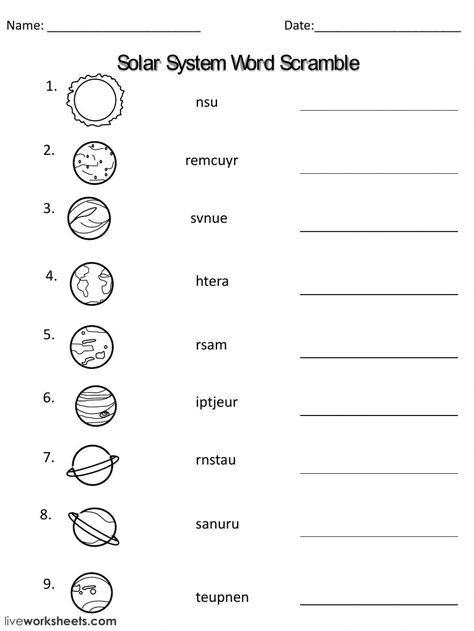 A day on Jupiter lasts 10 hours, and a year is approximately 12 Earth years. Jupiter is mainly composed of xenon, argon, and krypton. If it were 60 times larger, it could become a star due to a spontaneous thermonuclear reaction.
A day on Jupiter lasts 10 hours, and a year is approximately 12 Earth years. Jupiter is mainly composed of xenon, argon, and krypton. If it were 60 times larger, it could become a star due to a spontaneous thermonuclear reaction.
The average temperature on the planet is -150 degrees Celsius. The atmosphere is made up of hydrogen and helium. There is no oxygen or water on its surface. There is an assumption that there is ice in the atmosphere of Jupiter.
Jupiter has a huge number of satellites - 67. The largest of them are Io, Ganymede, Callisto and Europa. Ganymede is one of the largest moons in the solar system. Its diameter is 2634 km, which is approximately the size of Mercury. In addition, a thick layer of ice is visible on its surface, under which there may be water. Callisto is considered the oldest of the satellites, since it is its surface that has the largest number of craters.
Saturn
This planet is the second largest in the solar system.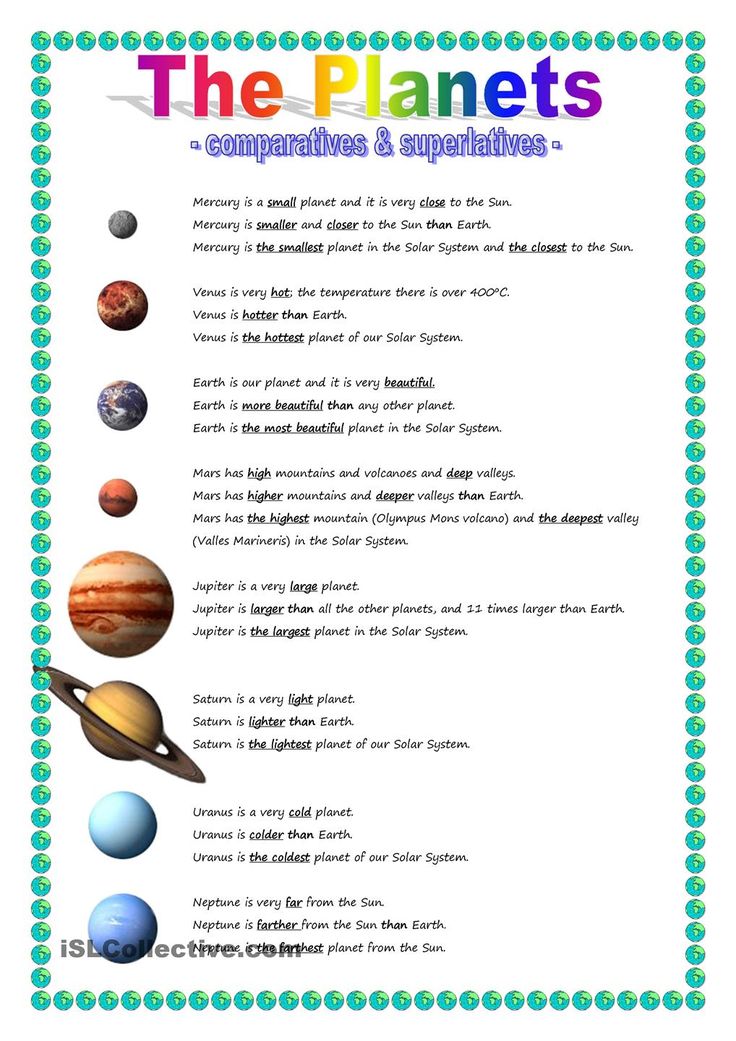 Its diameter is 116,464 km. It is most similar in composition to the Sun. A year on this planet lasts quite a long time, almost 30 Earth years, and a day is 10.5 hours. The average surface temperature is -180 degrees.
Its diameter is 116,464 km. It is most similar in composition to the Sun. A year on this planet lasts quite a long time, almost 30 Earth years, and a day is 10.5 hours. The average surface temperature is -180 degrees.
Its atmosphere consists mainly of hydrogen and a small amount of helium. Thunderstorms and auroras often occur in its upper layers.
Saturn is unique in that it has 65 satellites and several rings. The rings are made up of small ice particles and rock formations. Ice dust perfectly reflects light, so the rings of Saturn are very clearly visible in a telescope. However, he is not the only planet to have a diadem, it is just less noticeable on other planets.
Uranus
Uranus is the third largest planet in the solar system and the seventh from the Sun. It has a diameter of 50,724 km. It is also called the "ice planet", as the temperature on its surface is -224 degrees. A day on Uranus lasts 17 hours, and a year is 84 Earth years. At the same time, summer lasts as long as winter - 42 years. Such a natural phenomenon is due to the fact that the axis of that planet is located at an angle of 90 degrees to the orbit, and it turns out that Uranus, as it were, "lies on its side."
Such a natural phenomenon is due to the fact that the axis of that planet is located at an angle of 90 degrees to the orbit, and it turns out that Uranus, as it were, "lies on its side."
Uranus has 27 satellites. The most famous of them are: Oberon, Titania, Ariel, Miranda, Umbriel.
Neptune
Neptune is the eighth planet from the Sun. In its composition and size, it is similar to its neighbor Uranus. The diameter of this planet is 49,244 km. A day on Neptune lasts 16 hours, and a year is equal to 164 Earth years. Neptune belongs to the ice giants and for a long time it was believed that no weather events occur on its icy surface. However, it has recently been found that Neptune has raging eddies and wind speeds the highest of the planets in the solar system. It reaches 700 km / h.
Neptune has 14 moons, the most famous of which is Triton. It is known that it has its own atmosphere.
Neptune also has rings. This planet has 6 of them.
Interesting facts about the planets of the solar system
Compared to Jupiter, Mercury seems to be a dot in the sky.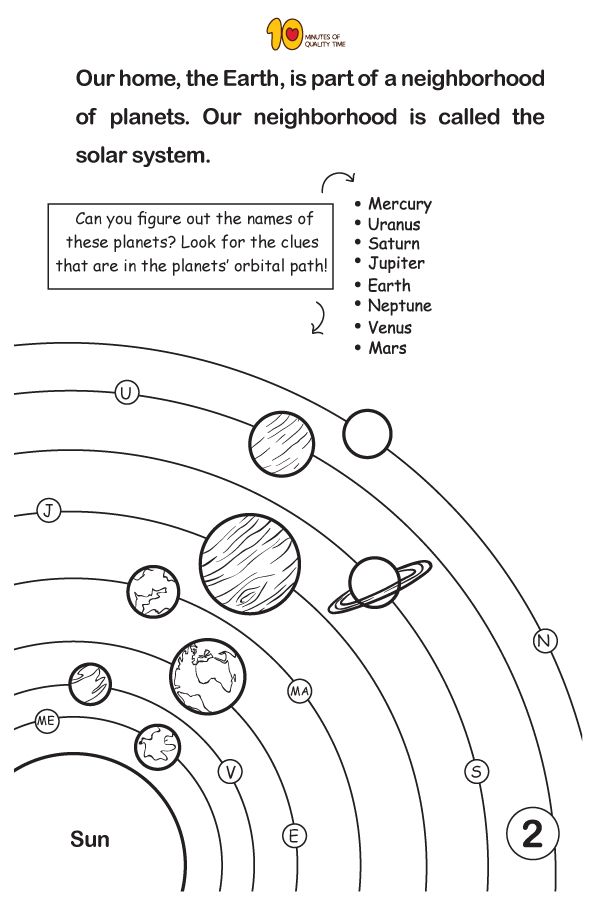 These are actually the proportions in the solar system:
These are actually the proportions in the solar system:
Venus is often called the Morning and Evening Star, since it is the first of the stars visible in the sky at sunset and the last to disappear from visibility at dawn.
An interesting fact about Mars is the fact that methane was found on it. Due to the rarefied atmosphere, it is constantly evaporating, which means that the planet has a constant source of this gas. Such a source can be living organisms inside the planet.
Jupiter has no seasons. The biggest mystery is the so-called "Great Red Spot". Its origin on the surface of the planet is still not fully understood. Scientists suggest that it is formed by a huge hurricane that has been rotating at a very high speed for several centuries.
An interesting fact is that Uranus, like many planets in the solar system, has its own system of rings. Due to the fact that the particles that make up them reflect light poorly, the rings could not be detected immediately after the discovery of the planet.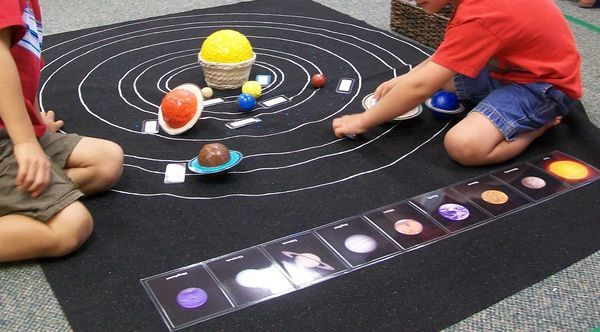
Neptune has a rich blue color, so it was named after the ancient Roman god - the master of the seas. Due to its remote location, this planet was one of the last to be discovered. At the same time, its location was calculated mathematically, and over time it could be seen, and it was in the calculated place.
Light from the Sun reaches the surface of our planet in 8 minutes.
The solar system, in spite of its long and careful study, is still fraught with many mysteries and mysteries that have yet to be revealed. One of the most fascinating hypotheses is the assumption of the presence of life on other planets, the search for which is actively continuing.
Abstract of entertainment for children 6-7 years old
Nersesyan Naira Igorevna, teacher of the MBDOU "Kindergarten of a general developmental type No. 144", Voronezh
Purpose: educators of senior and preparatory groups, primary school teachers, parents, children 6-7 years old.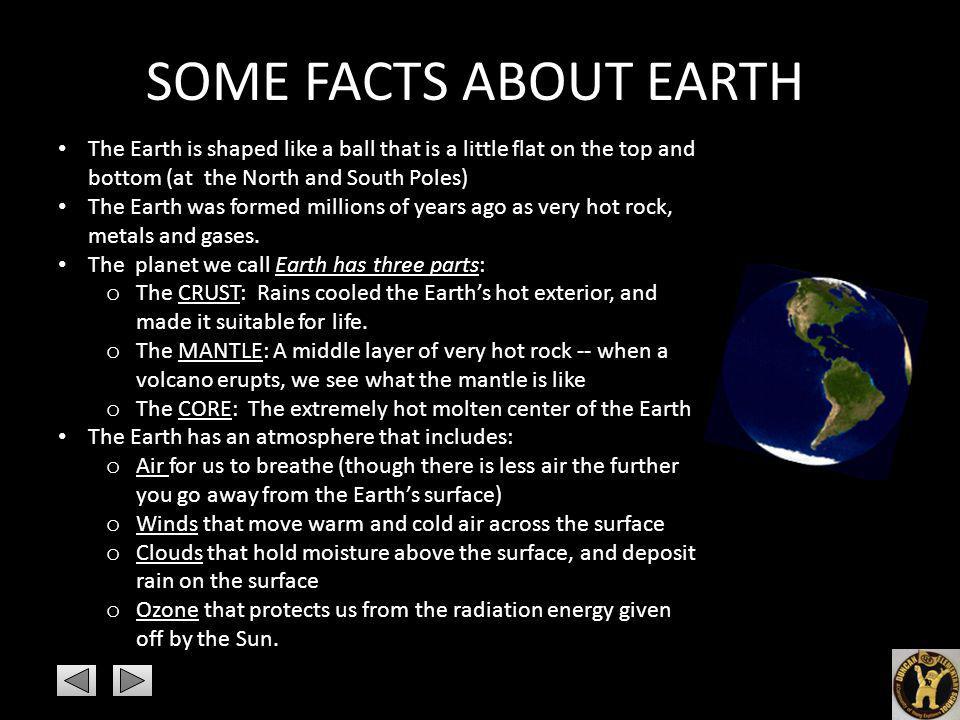
Purpose: To give initial ideas about the structure of the solar system, constellations.
Tasks: : Arouse interest in the knowledge of the world around us, develop curiosity.
Cultivate love for your planet.
Activate children's vocabulary.
To introduce children to the main planets, their characteristic features.
To give elementary concepts about planets.
Vocabulary work: space, outer space, orbit, planets, astronaut, telescope, astronomer, solar system, satellite, meteorite, Mercury, Venus, Earth, Mars, Jupiter, Saturn, Uranus, Neptune, Pluto.
Equipment: projector, pictures of the planets of the solar system, a magnetic board with magnets, plasticine for modeling, ribbons and caps with the names of the planets for the game.
Course of the lesson
Teacher: Look guys, how our group is designed. This is not accidental: today we will be astronauts and will fly on a space journey.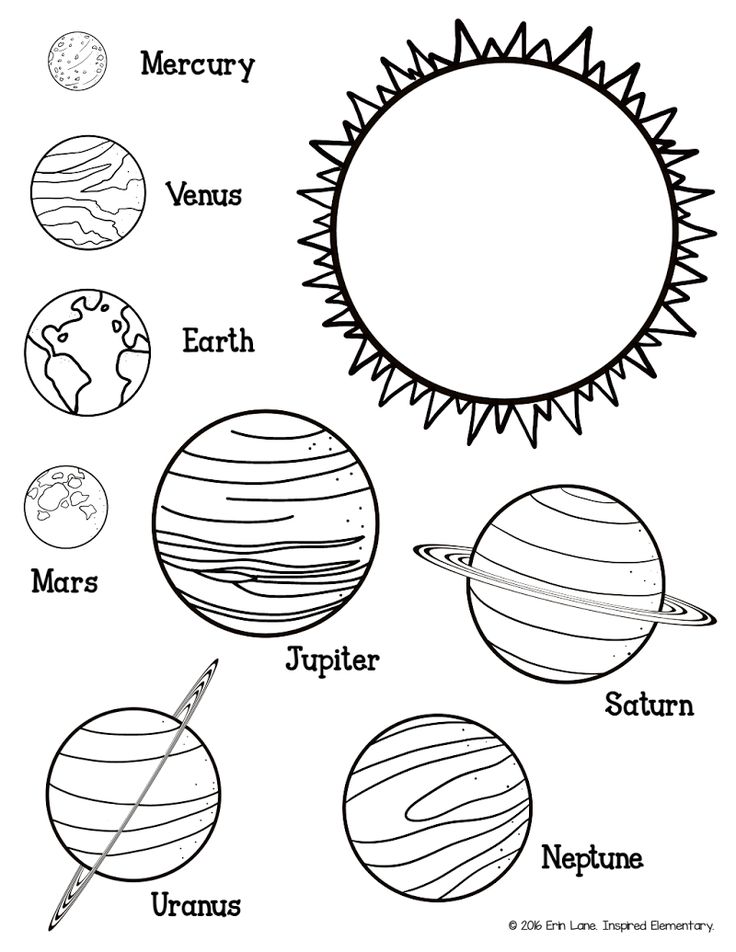 You guys already know that our Earth is a huge cosmic body, it revolves around the Sun. The Sun and all the celestial bodies that revolve around it are called the Solar System.
You guys already know that our Earth is a huge cosmic body, it revolves around the Sun. The Sun and all the celestial bodies that revolve around it are called the Solar System.
Earth is our home. The solar system is my hometown. In our Solar City, there are thousands of large and small planets, satellites, orbits, meteorites, among them there are also artificial ones - satellites made by people.
Well, let's go on a trip around our Sunny City. We also have a space ship. Forward, guys, our main stop is at the main luminary, the Sun.
Children sit on chairs, close their eyes, the melody of the song ‹‹Grass near the house›› sounds, after a few seconds they open their eyes, there is a picture of the solar system on the board.
Teacher: Here comes the Sun! Is it possible to approach him or land? Why? (Answers of children). That's right, the Sun is a hot ball that is far from us, and its light and heat reach us, and if our planet had no atmosphere, all life on earth would burn out.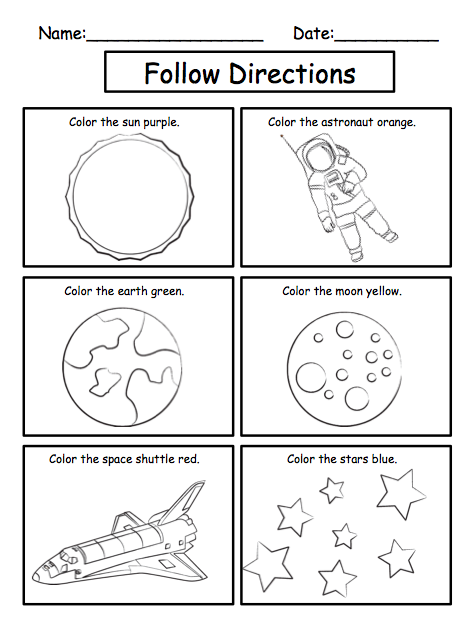
What is the name of the planet we live on? (Earth).
All the planets in the solar system are 9 huge spherical bodies. Some of them are larger than our Earth, others are smaller. Planets can be seen in the sky because they are illuminated by the Sun. What can you do to watch them? (telescopes).
What is the name of the person who studies the stars and observes them? (Astronomer).
Let's see what the stargazer-astronomer wants to tell us about?
(Watch video)
Teacher: Sunlight reflects off the planets. And because you can see the planets from the Earth. They are especially visible at night, when they glow like bright stars. The planets move at different distances from the Sun.
Earth is the only planet that has water and land.
It is determined that the Earth is the third planet from the Sun. Let's count and name all the planets in the solar system.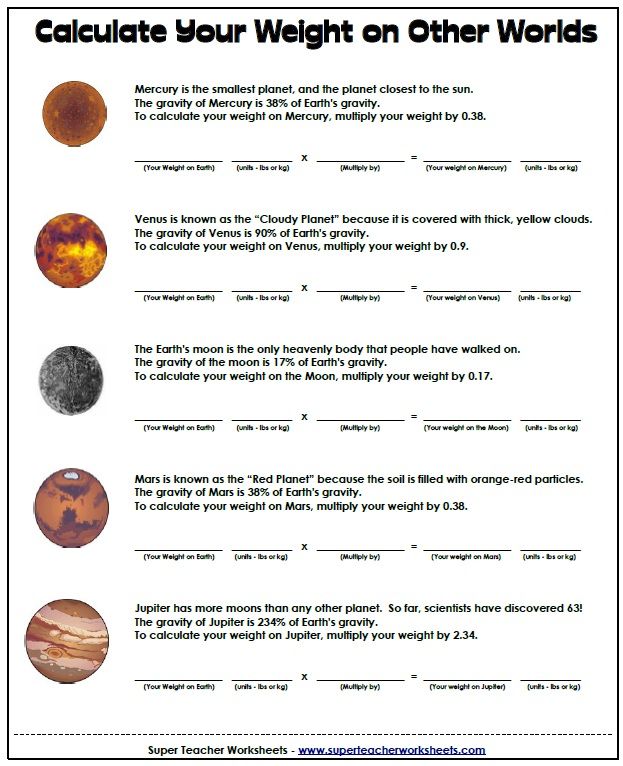 (Mercury, Venus, Earth, Mars, Jupiter, Saturn, Uranus, Neptune, Pluto - children show on the board).
(Mercury, Venus, Earth, Mars, Jupiter, Saturn, Uranus, Neptune, Pluto - children show on the board).
Each planet has its own path,
It is impossible, believe me, to turn off the orbit.
Our planets revolve around the Sun,
All of them are warmed by the sun in different ways.
Didactic game ‹‹Place the planets correctly››
The Sun child is chosen, a belt with sewn rays-ribbons of different lengths is put on him. There are nine of them. Nine children have hats depicting planets on their heads, they differ in size and color. Saturn's cap has rings. At the end of each ribbon are numbers from 1-9.
It's so hot on this planet,
That it's dangerous to be there, friends!!!
Caretaker: . What is our hottest planet? Where is it located? (Mercury, because it is closest to the Sun).
Child -Mercury takes ribbon No. 1.
But this planet was bound by terrible cold,
The sunbeam did not reach its warmth.
Caretaker: What is this planet? (Pluto. It is farthest from the Sun and smaller than all the planets).
The child in the Pluto cap holds the longest ribbon number 9.
And this planet is dear to all of us.
The planet gave us life ... (Earth)
Educator: Where is our planet from the Sun? (on the 3rd).
A child in a hat Earth takes ribbon No. 3.
Two planets are close to planet Earth,
My friend, name them as soon as possible. (Venus and Mars).
Children in Venus and Mars hats occupy the 2nd and 4th orbits respectively.
And this planet is proud of itself,
Because it is considered the largest.
Caretaker: What is this planet? What orbit is it in? (Jupiter, orbit #5).
The planet is surrounded by rings,
And this is what distinguishes her from everyone else. (Saturn)
Baby Saturn occupies orbit #6.
What is the Green planet
? (Uranus)
A child in a matching cap occupies orbit number 7.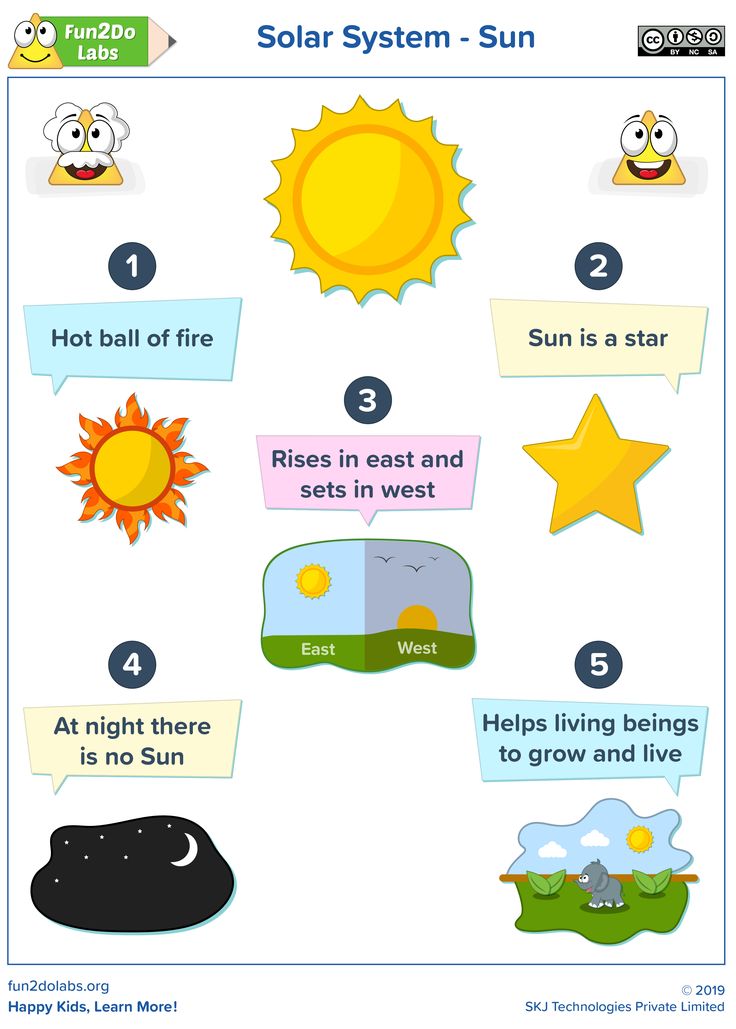
The King of the Sea gave that planet its name,
He named it after himself. (Neptune)
Child in a cap Neptune takes orbit number 8
(All the children have taken their places and begin to revolve around the Sun.)
The round dance of the planets is spinning,
Each has its own size and color.
For everyone the path is determined,
But only on Earth the world is inhabited by life.
(The teacher puts a funny little figure on the board and says)
Caretaker: Guys, today this cheerful little man flew to us from outer space and brought a message about the stars from aliens. Who is this man? (If it came from space, then it means an astronaut). They also sent us a few stars.
How many of you know anything about the stars? (children's answers)
Let's read what alien beings told us about the stars:
‹‹Stars are cosmic bodies located in outer space.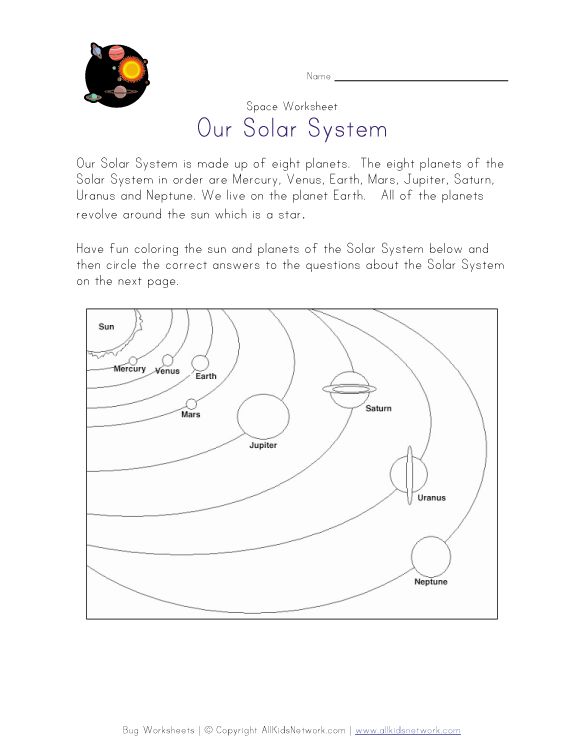 Even though they shine, some of them are very cold. All stars differ from each other in size and shape. Almost all stars are collected in some kind of constellations that look like objects or animals ››.
Even though they shine, some of them are very cold. All stars differ from each other in size and shape. Almost all stars are collected in some kind of constellations that look like objects or animals ››.
The teacher shows several constellations on the screen, introduces the children to their names, offers to count how many stars the constellation consists of: Cancer (5 stars), Compass (3 stars), Libra (6 stars), Dolphin (5 stars). The children take turns counting the stars.
Guys, why do you think people need knowledge about the constellations? (possible answers). Have you heard the names of the constellations in everyday life? What?
In our time, people rarely turn to the stars and constellations for help, and in ancient times, travelers and navigators by the stars found their way to their native shore. The most important star that points the way is called the Polaris and is located in the constellation Ursa Minor.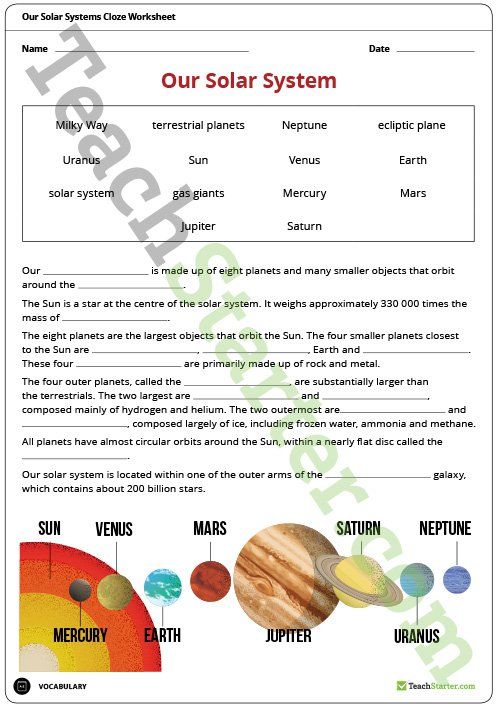
Physical education minute
Caretaker : Let's get up and, like stars, direct our rays in different directions and circle in outer space. (Children spin, stretch up and sit down again in their places).
Model of the solar system
Teacher: Let's try together with the help of plasticine to mold the planets, name the flags and correctly determine their places in the orbit.
Babies over 4 years of age become extremely interested in all the space around them. It is at this age that most children begin to “fall asleep” to moms, dads, grandparents with endless questions about what is happening around. It can be quite difficult to explain some phenomena to young children, and parents simply get lost in the stream of endless children's “Why?”.
One of the most interesting objects for kids is the starry sky. If you draw the child's attention to the bright stars and start talking about the solar system, you can captivate the baby for a long time and hear a huge number of different questions.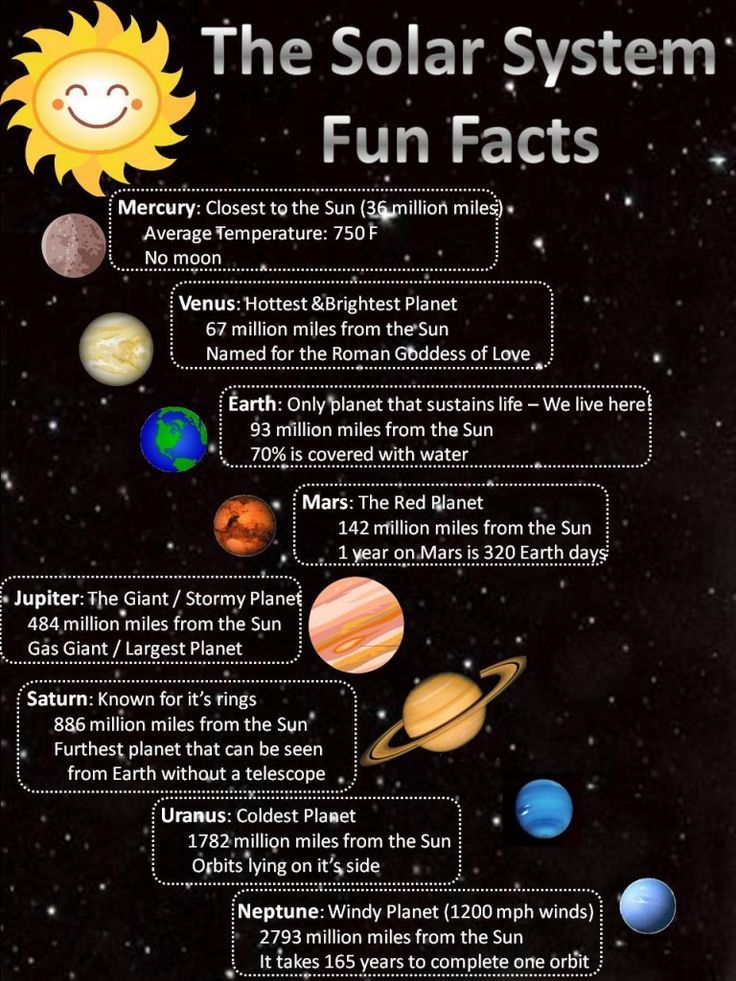
For the youngest children, the first knowledge in the field of astronomy will concern the planets of the solar system. It is about them that you have to tell the child in such a way as to interest him. In this article we will talk about how to do this so that the baby understands what the solar system is and what objects it includes.
Exploring the solar system for children
To explore the solar system with your children, you need to prepare a model. Some parents purchase a ready-made layout in the store, while others prefer to make it on their own. In any case, the model of the solar system should consist of the Sun and large celestial bodies, or planets. Explain to the child that 8 planets move around the Sun in space, one of which is our Earth. In addition to her, Mercury, Mars, Venus, Neptune, Uranus and Saturn make their journey in orbit.
Even 10 years ago, Pluto was also considered a planet, but today modern scientists consider it only a large celestial body.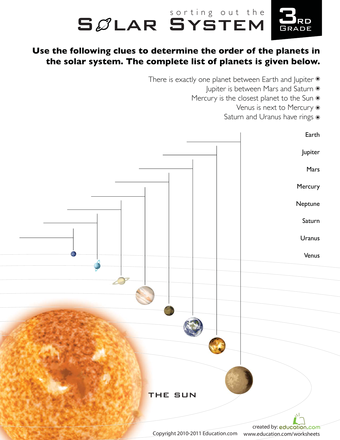 In order for the child to quickly remember the names of the planets and their order in the solar system, you can use the following rhyme:
In order for the child to quickly remember the names of the planets and their order in the solar system, you can use the following rhyme:
In order all the planets
Name any of us:
One - Mercury,
Two - Venus,
Three - Earth,
Four - Mars.
Five - Jupiter,
Six - Saturn,
Seven - Uranus,
Next is Neptune.
A story about the planets of the solar system for children can be constructed as follows:
People have been studying the planets since ancient times. All of them move around the Sun, including our Earth. The inner planets of the terrestrial group are located closer to the Sun. They have a hard surface and high density. At the center of the inner planets is a liquid core. This category includes Earth, Venus, Mars and Mercury.
Jupiter, Neptune, Saturn and Uranus are much farther from the Sun and much larger than the inner planets, due to which they are called giant planets.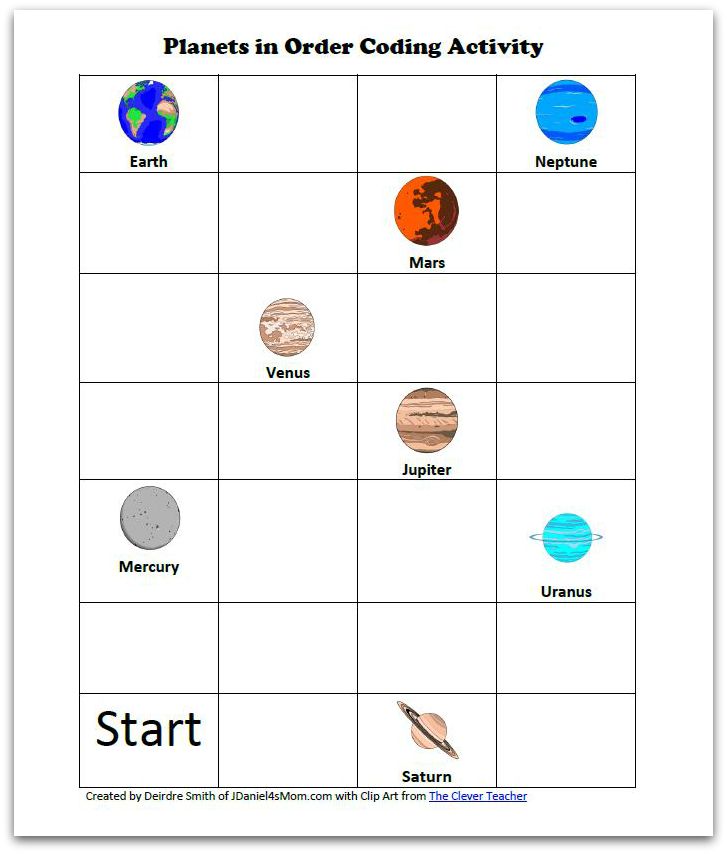 They differ from the terrestrial group not only in size, but also in structure - they consist of gas, mainly hydrogen and helium, and do not have a solid surface.
They differ from the terrestrial group not only in size, but also in structure - they consist of gas, mainly hydrogen and helium, and do not have a solid surface.
Between Mars and Jupiter there is a belt of small planets - asteroids. They are similar to planets, but have smaller sizes - from a few meters to thousands of kilometers. Beyond the orbit of Neptune, in the Kopeyre belt, is Pluto. The Kopeyre belt is many times wider than the asteroid belt, but also consists of small celestial bodies.
In addition, satellites are constantly revolving around each planet. Our Earth has only one satellite - the Moon, and there are more than 400 of them in total. Finally, hundreds of thousands of small celestial bodies, such as meteorites, streams of atomic particles, comets, etc., plow through the solar system. Almost the entire mass of the solar system - 99.8% - is concentrated in the sun. Due to the force of its attraction, all objects, including planets, are held in the solar system and revolve around its center.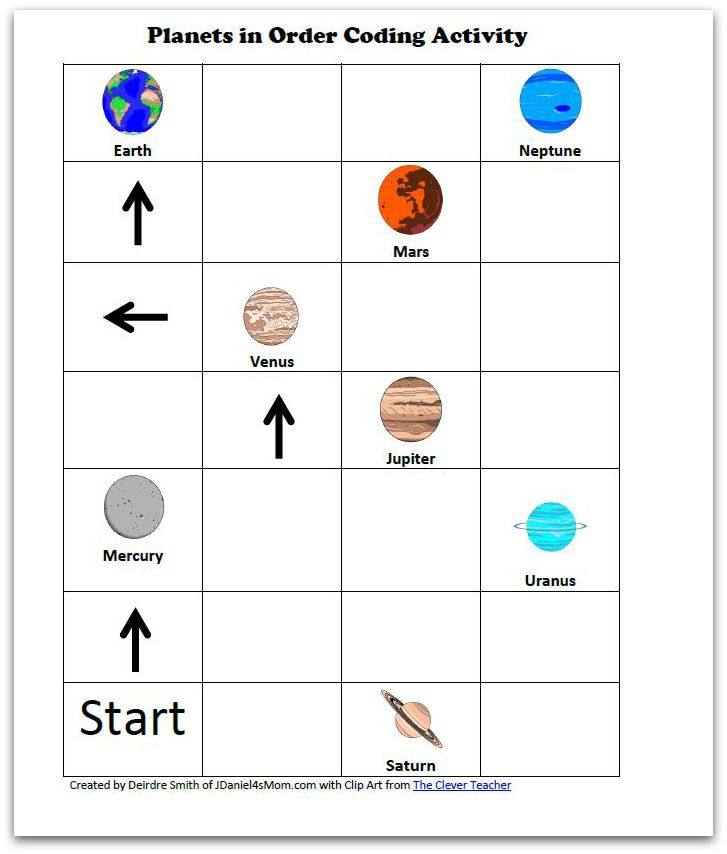 In addition, most celestial bodies also rotate around their own axis.
In addition, most celestial bodies also rotate around their own axis.
How to tell a child about space
In young children, interest in the topic of space, albeit involuntary, wakes up early - already at the age of 3-4, you can hear many questions from the baby about the sun, moon and stars. How to answer so that the child, on the one hand, is understandable and informative, and on the other hand, prompts him to study this topic?
Rule one: do not think that the child is small for such knowledge. Yes, he is not able to understand many things, he is also unable to understand the scale of the universe (it is difficult for adults, too), but he can master the basic concepts. And this is an excellent basis for expanding his general horizons and for further study of astronomy! Therefore, it is possible and necessary to tell the baby about space. It is only important to correctly adapt the information, cutting off those concepts to which he really has not grown up, and, of course, present it in an easy game form. By the way, pay attention: you don’t have to invent anything, leave stories about little green men on Mars for fantastic cartoons. Yes, with this technique it is easier to keep the attention and interest of the child, but you should not deviate from the truth - there are so many curious and fascinating things in space even for a 3-year-old baby.
By the way, pay attention: you don’t have to invent anything, leave stories about little green men on Mars for fantastic cartoons. Yes, with this technique it is easier to keep the attention and interest of the child, but you should not deviate from the truth - there are so many curious and fascinating things in space even for a 3-year-old baby.
Start with a description of the Earth…
And the best place to start a conversation is with our own planet. Explain that planet Earth is very large and round, with seas and oceans, mountains and deserts, fields and forests, rivers and lakes, and millions of animals, birds, fish, insects, and people. At the same time, the planet has an atmosphere - a shell of air that allows us to breathe. In order for the child to at least roughly imagine how big the Earth is, show him a comparison of sizes in books, a globe with all countries and photographs of the planet from space - they will help the child imagine the planet and measure its size with the approximately familiar size of his home.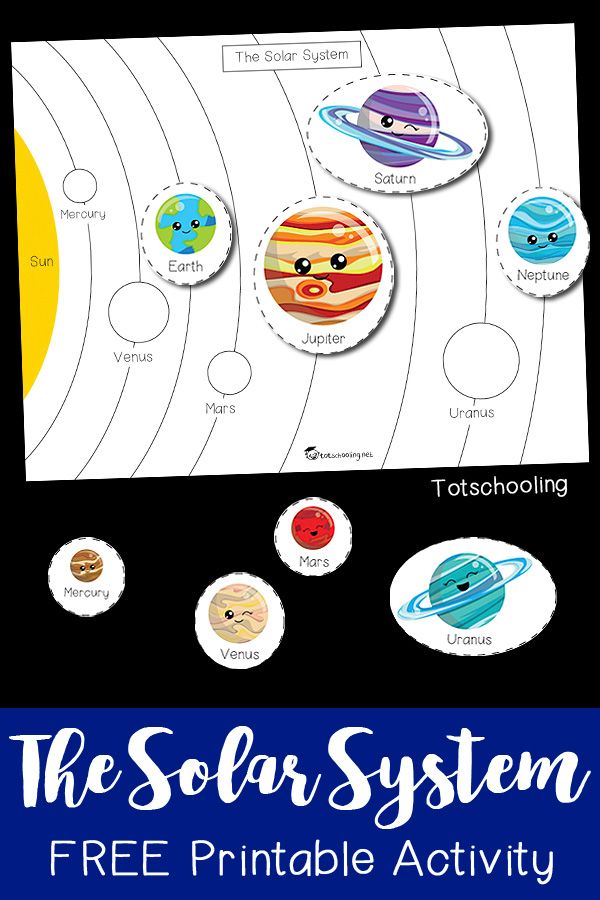
By the way, children often have a logical question: if the Earth is round, why don't we slide off it, and those who live "below" don't fall? And here one of the first conventions appears: the concept of gravity is too complicated for a child. Therefore, it is enough to answer that the planet is so large that it attracts everyone to itself - and that is why all things fall to the Earth, and not to the sky, for example. And those who live "below" do not walk upside down, as it might seem! They just rest against the planet with their feet and see the world not upside down, but normal, just like us. Reinforce this with a good example: take a ball, attach to it from opposite sides, say, a couple of soldiers, and then turn the ball this way and that, so that the child is convinced that each of them stands on his own feet, like people in reality. It's just that for one there will be a top, for another a bottom, and vice versa. Such an example, of course, may seem ridiculous to a kid, but still with its help you will be able to convey the general idea to him.
What is the solar system made of?
When the concept of the Earth is fixed, continue: where is our planet? The answer is simple: flies in space. Space is the entire space where the planet Earth, the sun, the moon, stars and other planets are located. Space is called the Universe - and it has no boundaries. At the same time, it is also filled with other stars and planets. And if the planets are already more or less clear (large, round, stone), then the concept of a star requires clarification. Tell the kid that these are giant, usually much larger planets, balls of burning gas. And they burn for millions of years! Of course, you will need photographs so that the child understands what it looks like. And for the baby to imagine the size of the stars, take a watermelon, a pumpkin or a large inflatable ball and a pea. And explain: The Earth next to the Sun is as small as a pea next to a big watermelon! And to get to the Sun by car (if there was a road, of course), it would take more than 100 years - more than a human life! The kids are impressed.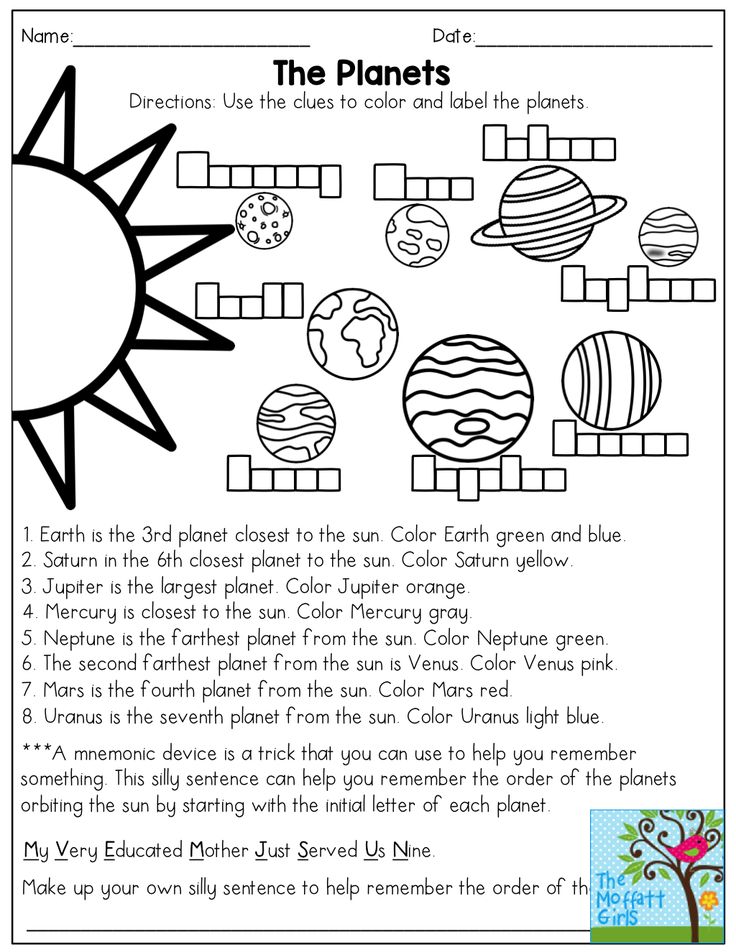 ..
..
No less effect will be produced by the fact that not only the Earth revolves around the Sun, making a complete revolution in a year, but also other planets (they have more or less revolution time, depending on the distance). There are eight of them in total (Pluto was officially declassified in 2006), and they are in a certain order from our star. The kid may be interested in the fact that all the planets are different: there are no forests and seas, many are deprived of an atmosphere (which means there is nothing to breathe), somewhere there is not even soil (liquid or gas instead), and the temperature can be very high (on Mercury over 100 degrees), and very low (everything instantly freezes on Neptune). And yes: do not forget about the photographs, highlighting the nuances of each planet: Mars is red, and Saturn has characteristic rings of stones flying around (they are called asteroids). And do not be afraid that the child will not remember the first time. This theme needs to be revisited over and over again to be effective.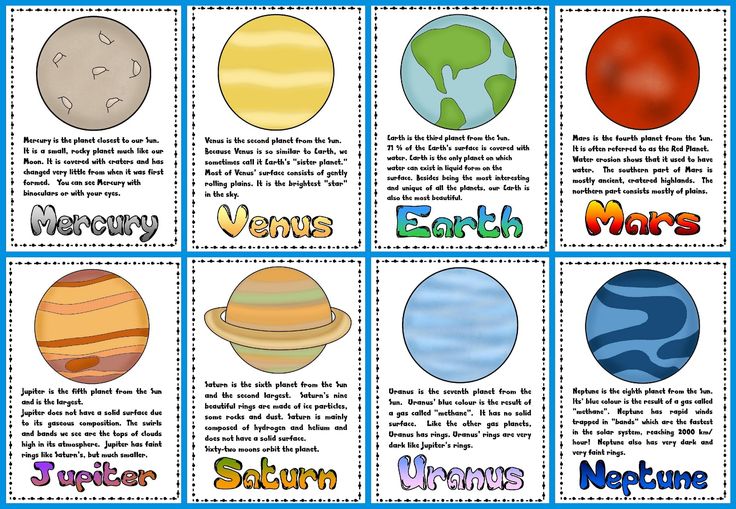 And for starters, it’s enough to awaken in the baby an interest in space ...
And for starters, it’s enough to awaken in the baby an interest in space ...
The moon is a special occasion for talking…
Also note that many planets have moons. These are also round stone objects, like planets, only smaller - and they do not revolve around a star, but around the planets themselves. There are many and few satellites, their size is also different, and the simplest example is the Moon. It is several times smaller than the Earth and is absolutely lifeless: there is no air, no water, no living organisms. Among the children's questions related to the Moon, two are popular: why the Moon is smaller than the Earth, if it is like the Sun in the sky (which, as they found out, is many times larger than our planet), and why the Moon changes its appearance - sometimes round, sometimes in the form of a crescent ? In both cases, it is best to answer with understandable examples. So, the Moon only seems to be as big as the Sun, because it is noticeably closer. And an example: look at the car on the opposite side of the street - it seems that you can put it on the palm of your hand! But if you approach it, then it is so big that you can’t clasp it with both hands .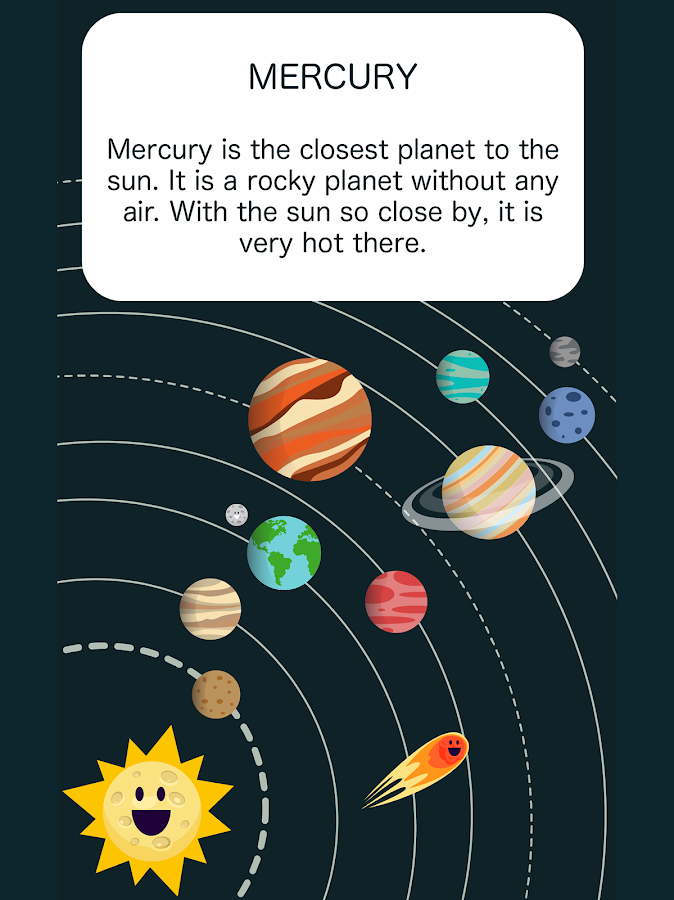 .. Exactly the same with the Moon and the Sun. You can see that the stars that twinkle in the sky can even be larger than the Sun, but only they are tens and hundreds of times farther from us, which is why they seem so small in the sky ...
.. Exactly the same with the Moon and the Sun. You can see that the stars that twinkle in the sky can even be larger than the Sun, but only they are tens and hundreds of times farther from us, which is why they seem so small in the sky ...
As for explaining the reasons why the Moon changes, it should be noted that the Moon itself does not shine. If the Sun, like a light bulb, shines even in the dark, then the Moon does not shine, it is visible because the light of the Sun falls on it - like any object in a dark room when you shine a light bulb on it. It sounds complicated for a child, but an experiment will help you! Take a flashlight, a couple of balls and turn off the lights in the room. Then place two balls one after the other and shine a flashlight on them so that the shadow from one of them completely covers the second so that it is not actually visible. This ball will be the Moon in your experiment. And then it is enough to slightly move it to the side so that the “month” or “full disk” appears, as we see them from the Earth.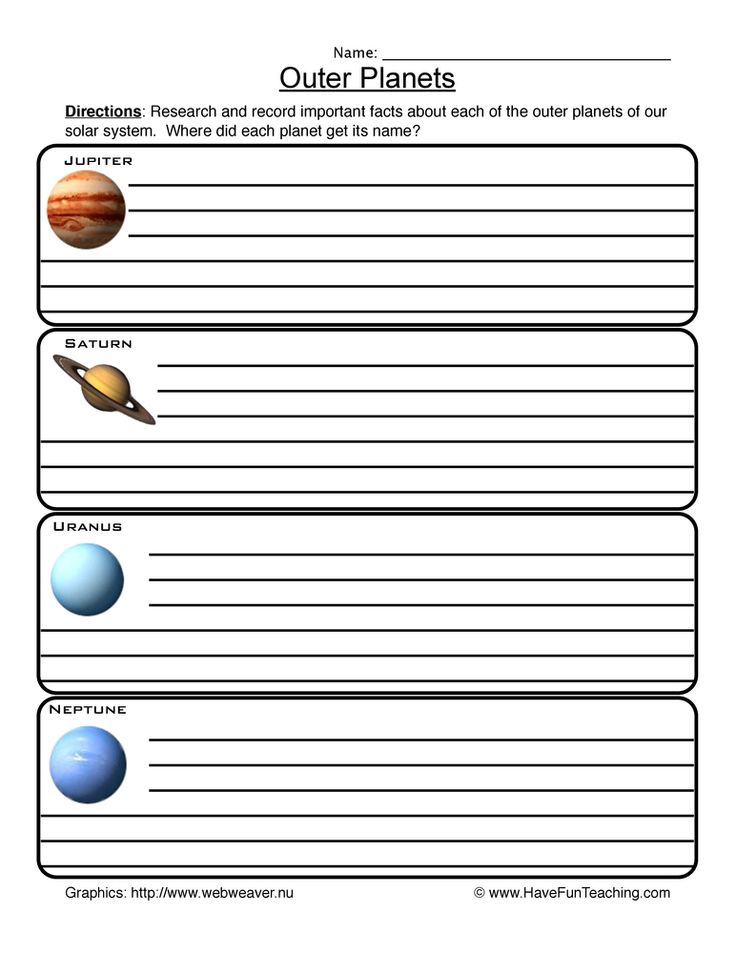 It is not difficult to do this, but the child, having seen the “physics of the process” with his own eyes, will soon understand how it works! It is also worth showing how day and night change from the rotation of the Earth around its axis: turned one side to the sun, day came on this side, turned away from it - night began. And the ideal for a story about the Moon would be to buy a simple children's telescope. A child who can see the surface of the satellite with all the craters will be genuinely delighted!
It is not difficult to do this, but the child, having seen the “physics of the process” with his own eyes, will soon understand how it works! It is also worth showing how day and night change from the rotation of the Earth around its axis: turned one side to the sun, day came on this side, turned away from it - night began. And the ideal for a story about the Moon would be to buy a simple children's telescope. A child who can see the surface of the satellite with all the craters will be genuinely delighted!
Play, guess and create!
Also, if the kid is carried away by the topic, note that space is filled not only with stars and planets with satellites. It has galaxies, nebulae (giant clumps of cosmic dust where stars are born), and black holes (dead stars that emit no light), and comets (rocks with long glowing tails), and meteorites (small rocks that fall to Earth). - it is about them that they say that the star fell, offering to make a wish at the same time). Separately, tell us about how a person is now exploring space.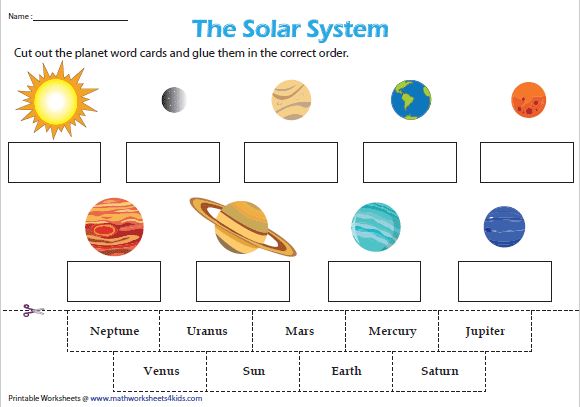 Special astronomers are working on this (they have telescopes many times better than those with which the child plays, because they see much farther), rockets are launched into space (aircraft designed to fly between planets), and astronauts, rocket pilots . Be sure to back up all the data with photographs, illustrations in specialized books or educational films - today there are enough publications and films adapted for the youngest children.
Special astronomers are working on this (they have telescopes many times better than those with which the child plays, because they see much farther), rockets are launched into space (aircraft designed to fly between planets), and astronauts, rocket pilots . Be sure to back up all the data with photographs, illustrations in specialized books or educational films - today there are enough publications and films adapted for the youngest children.
Adaptation is generally one of the fundamental factors. Still, some conversations and simple examples are not enough. Therefore, it is better if you consolidate the information with the child through games. Their range is great! On the theme of space, coloring books, puzzles, mosaics, sets of applications (glowing in the dark are especially appropriate), didactic cards (they can be downloaded from the Internet), not to mention numerous rockets (including designers) are sold. Do not forget about developing books: it is not difficult to find collections of riddles, puzzles, puzzles, poems and songs related to this topic.